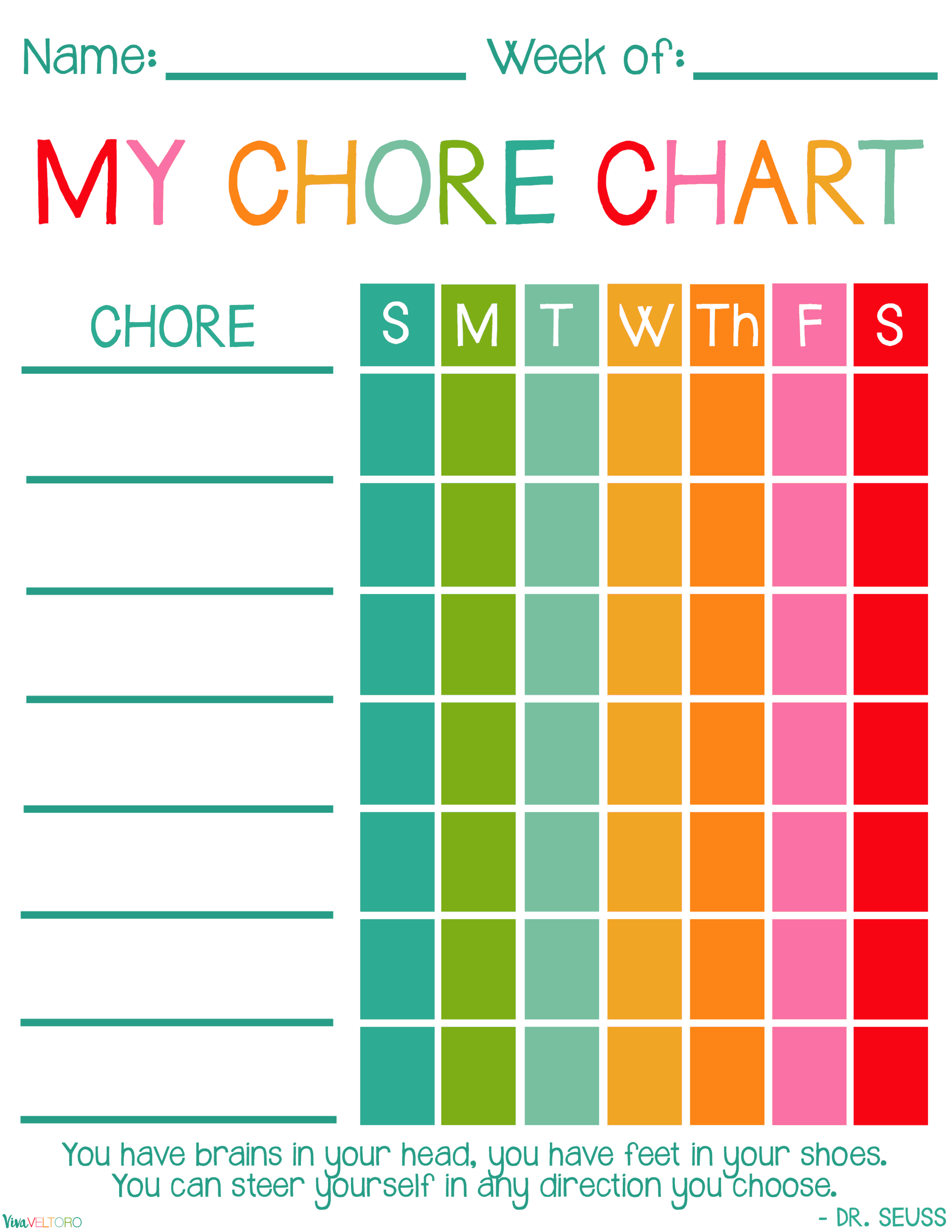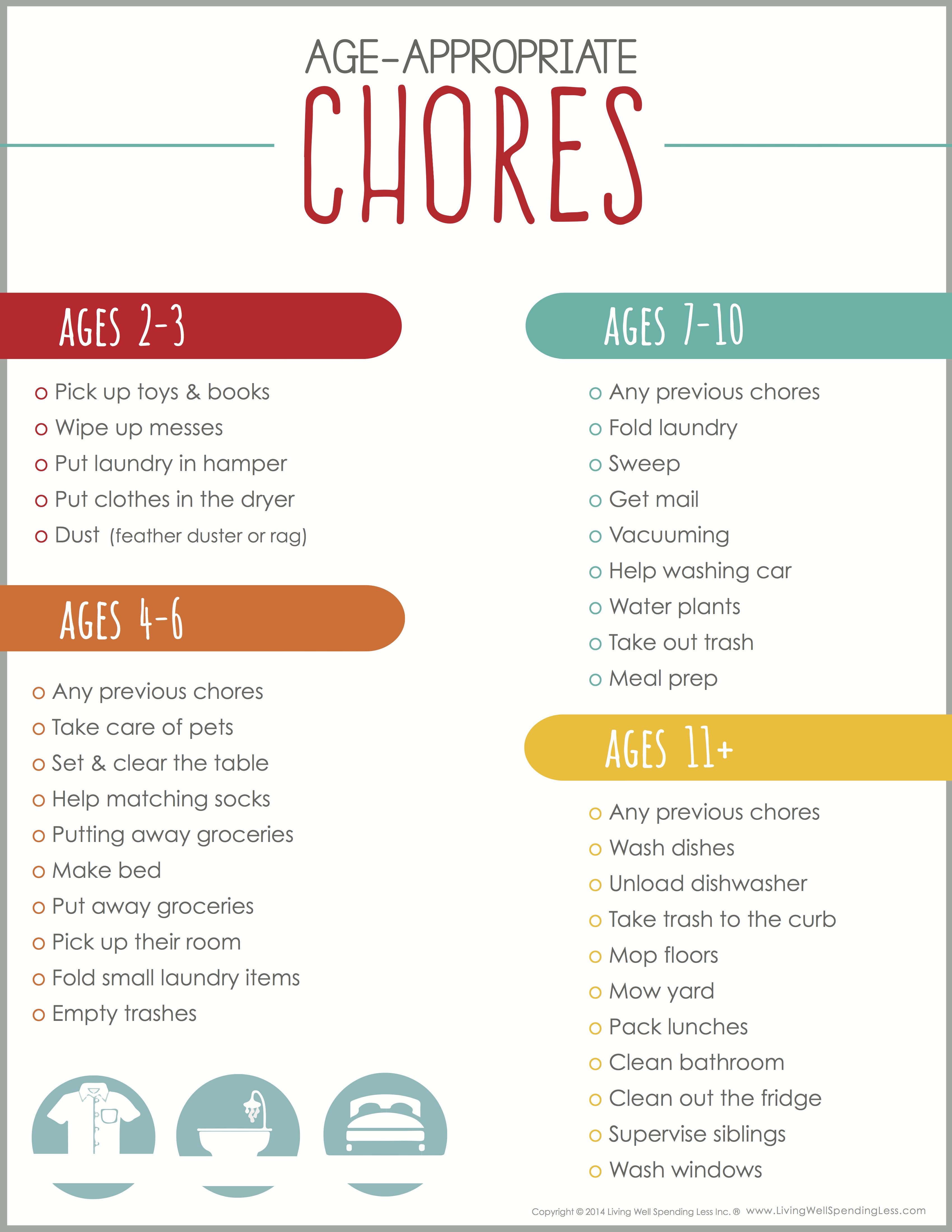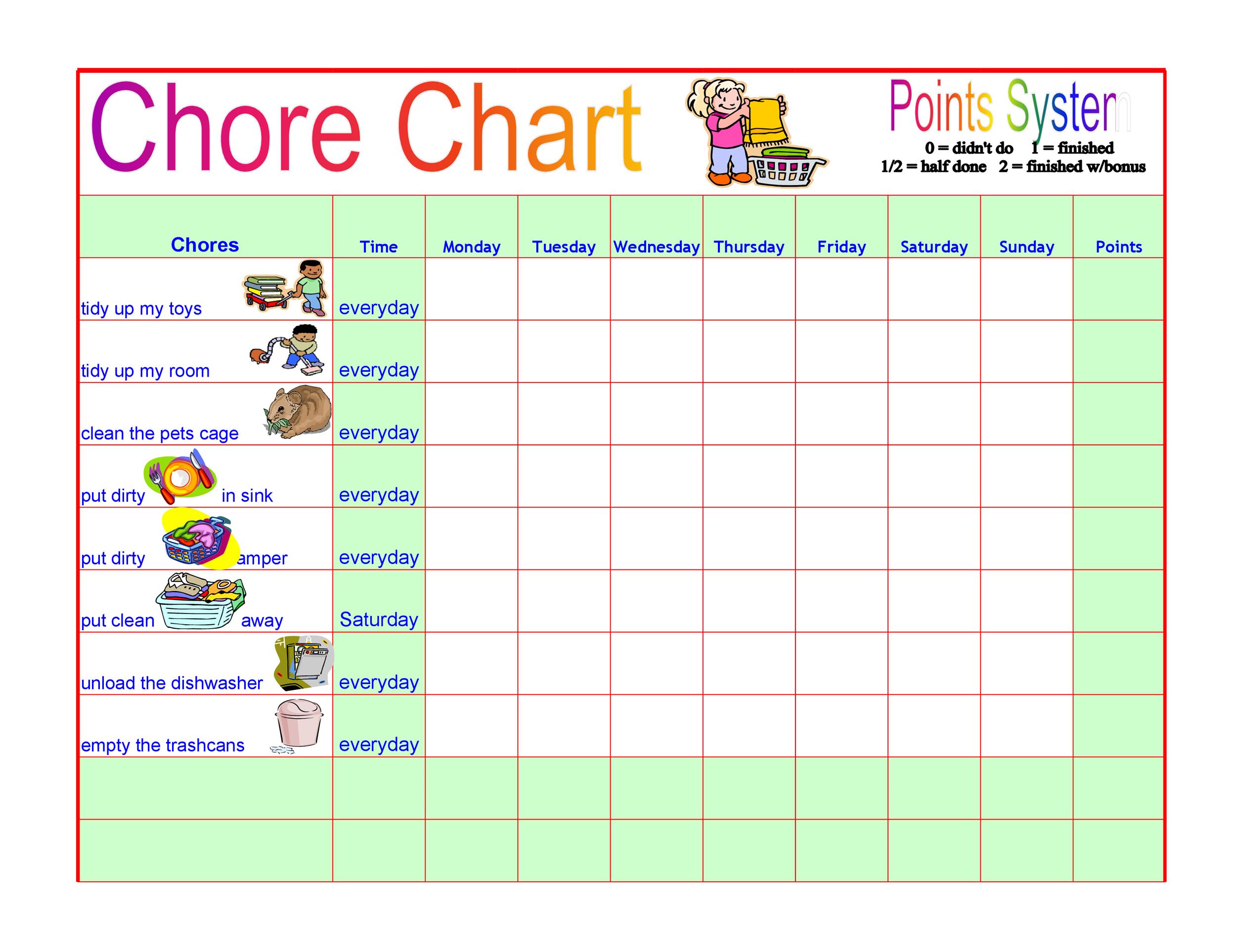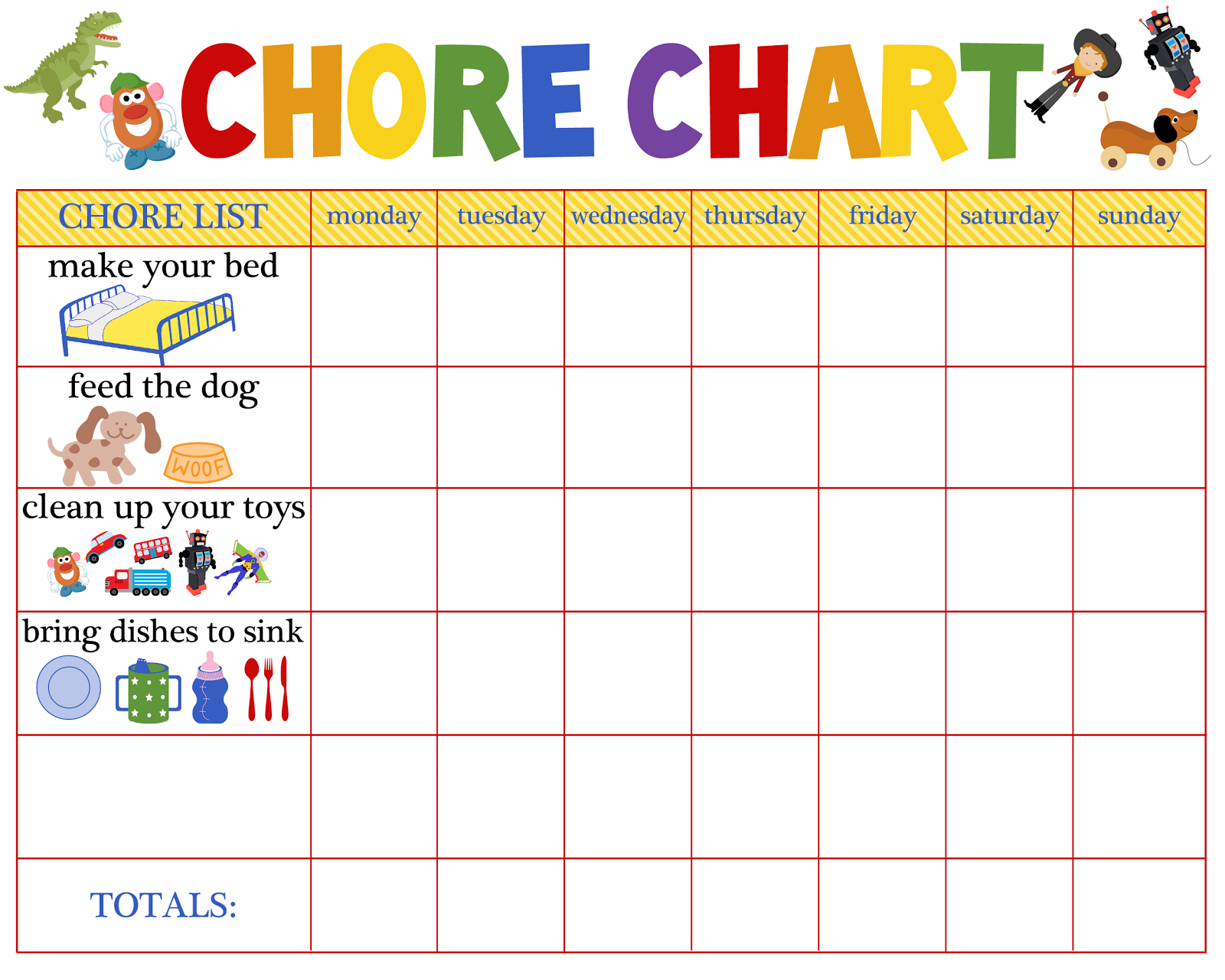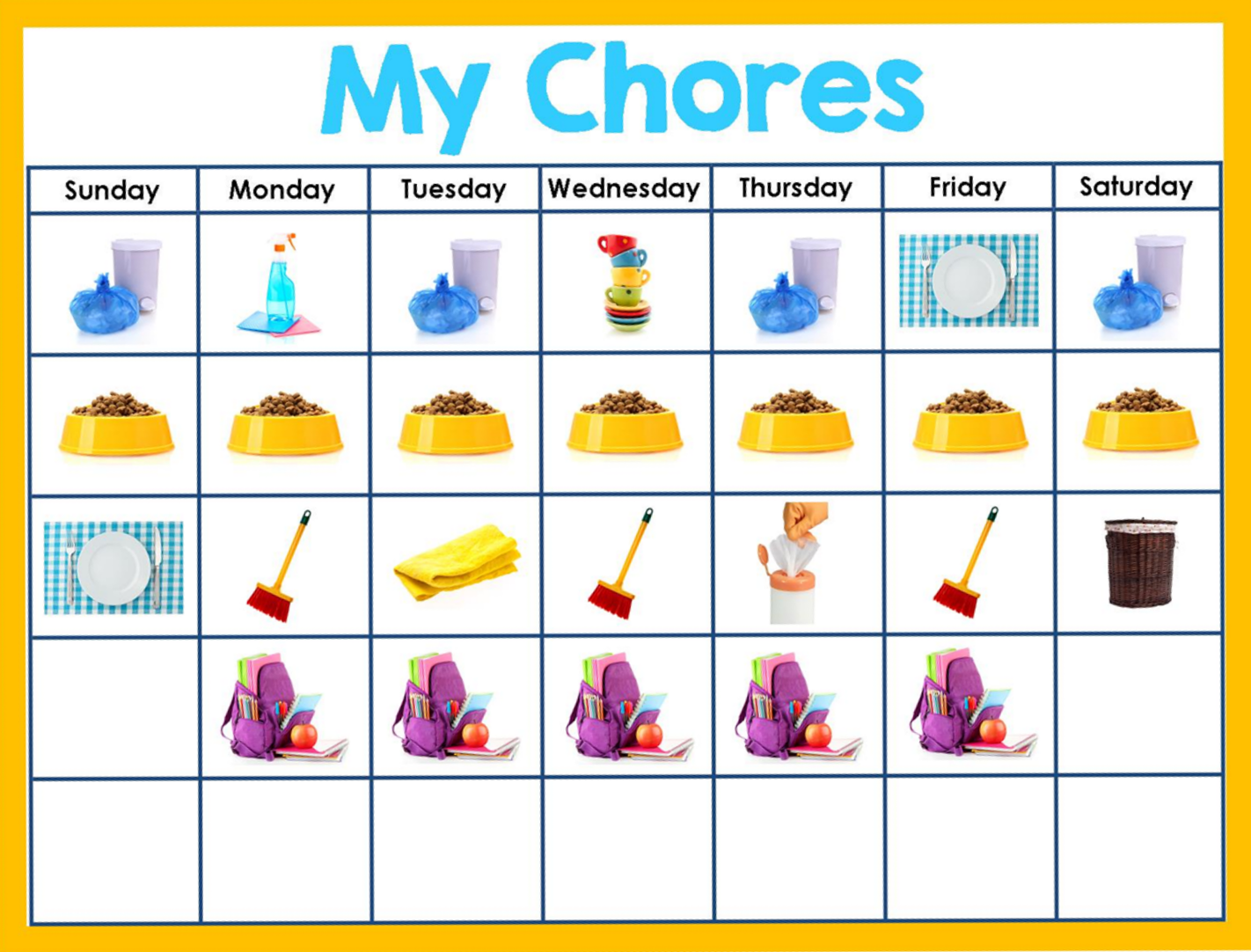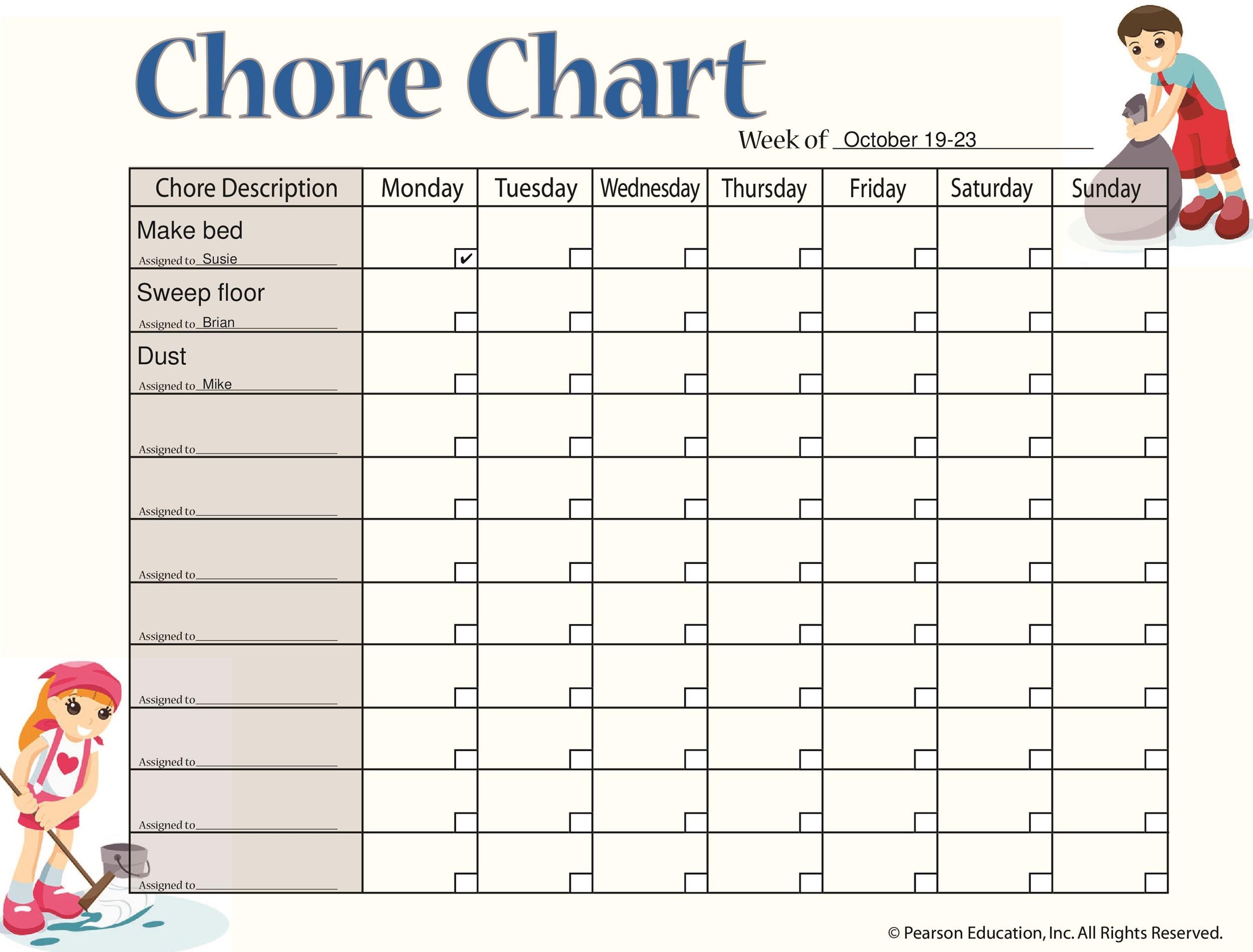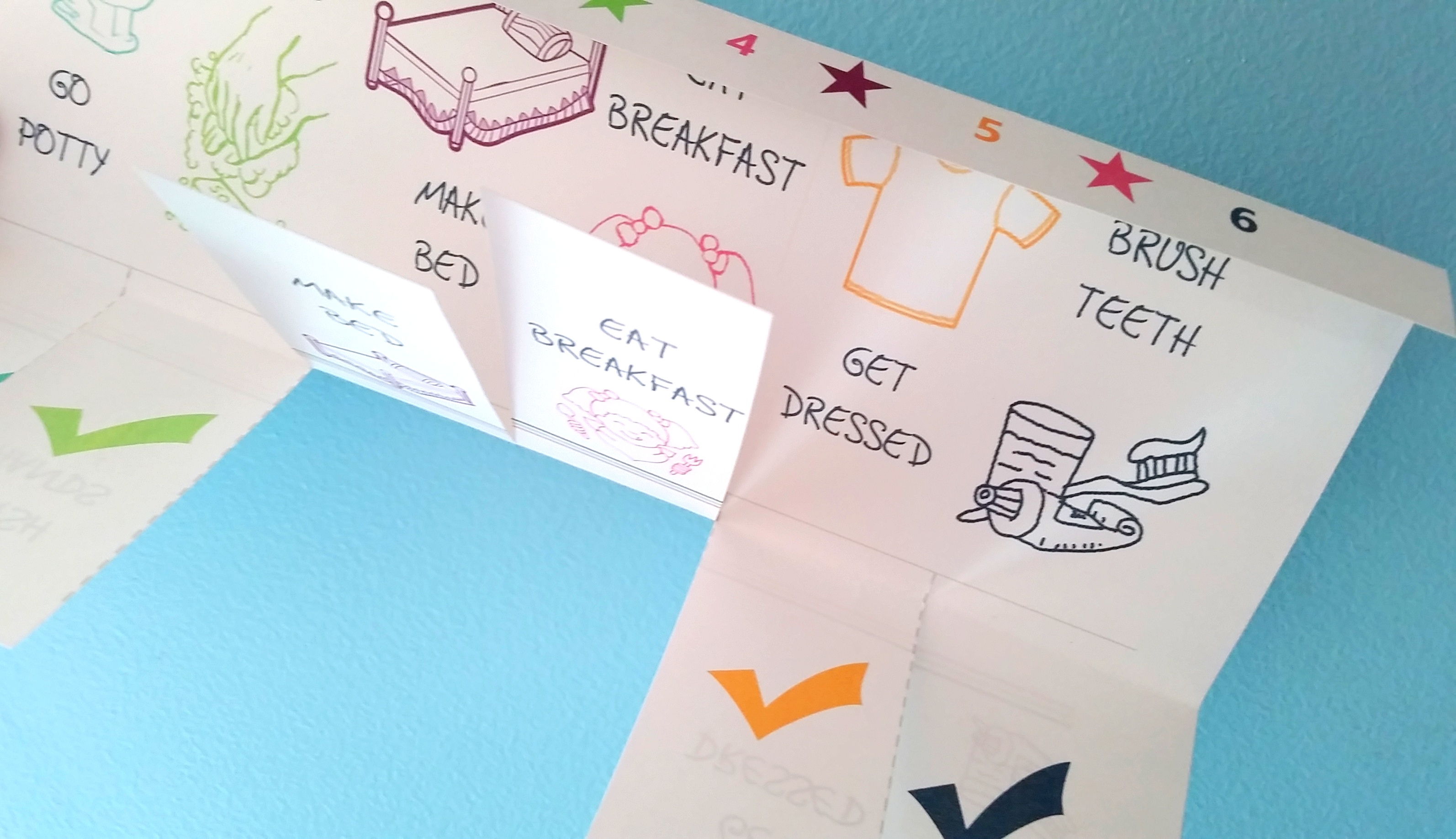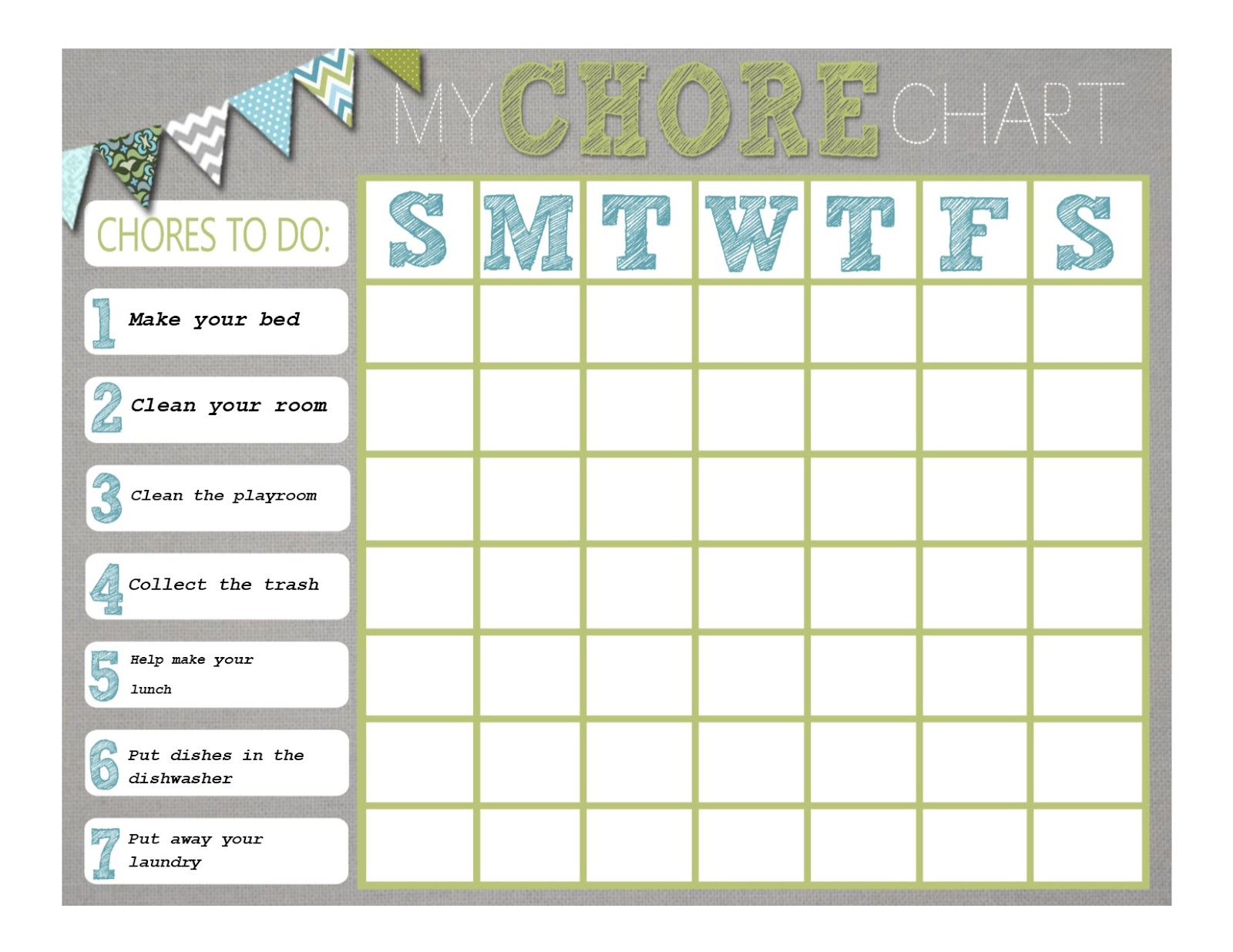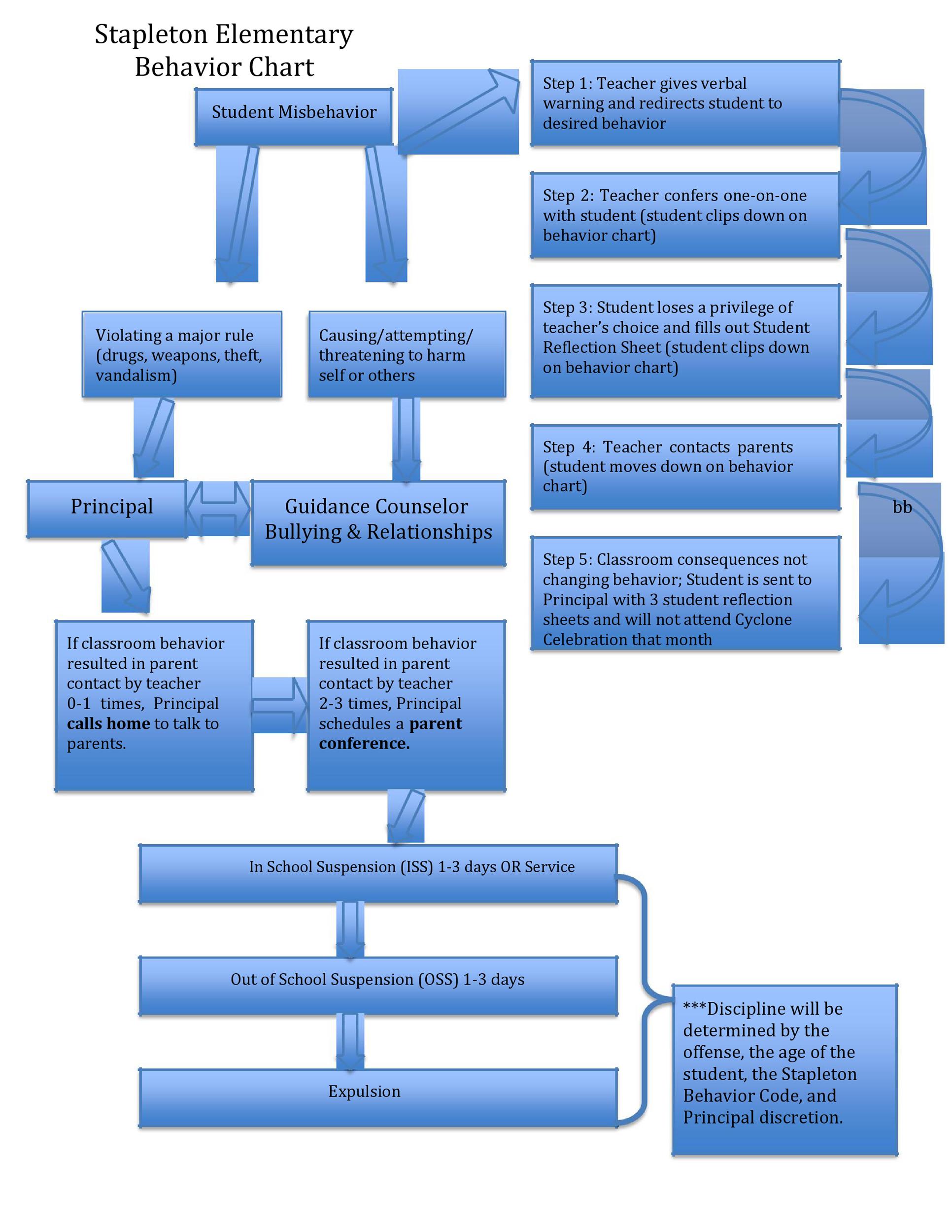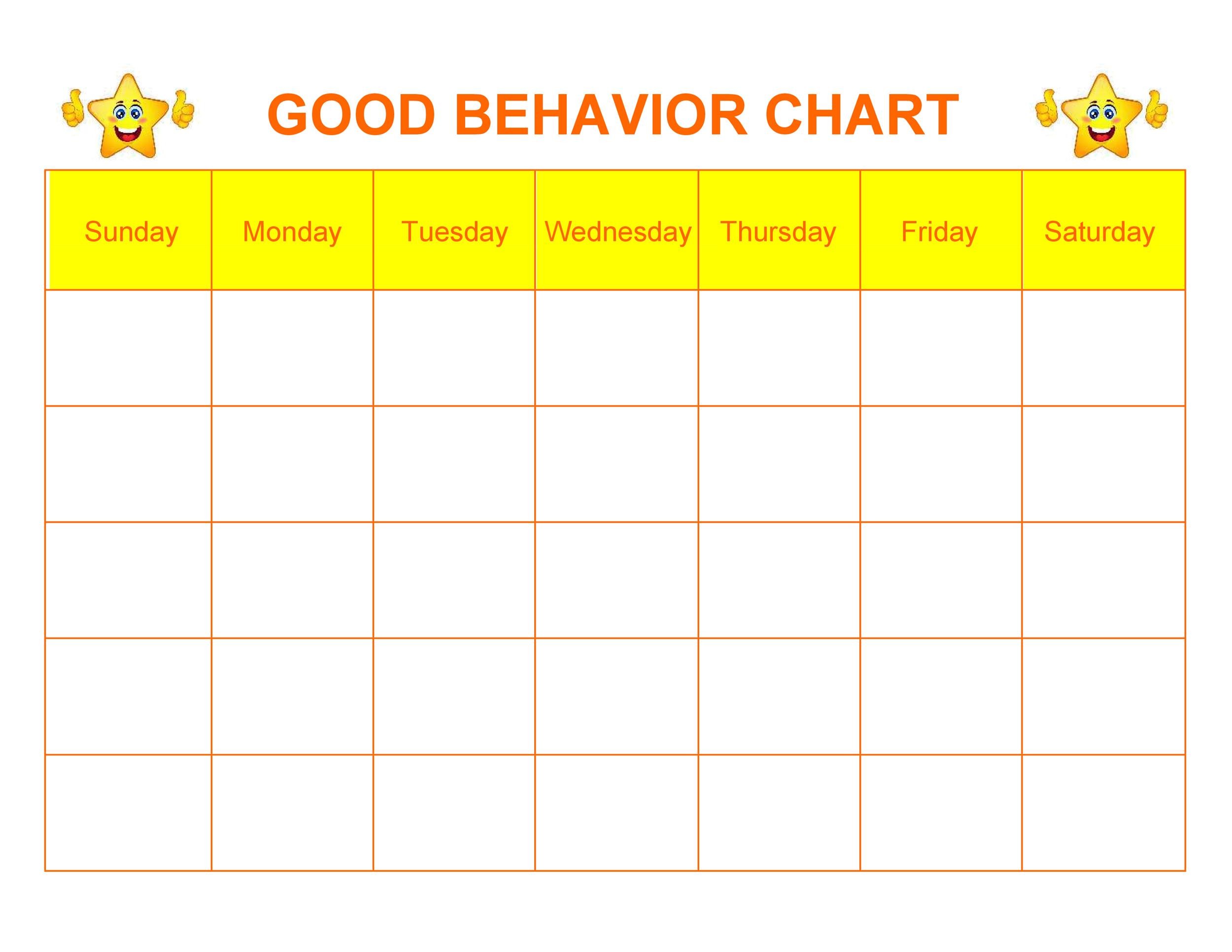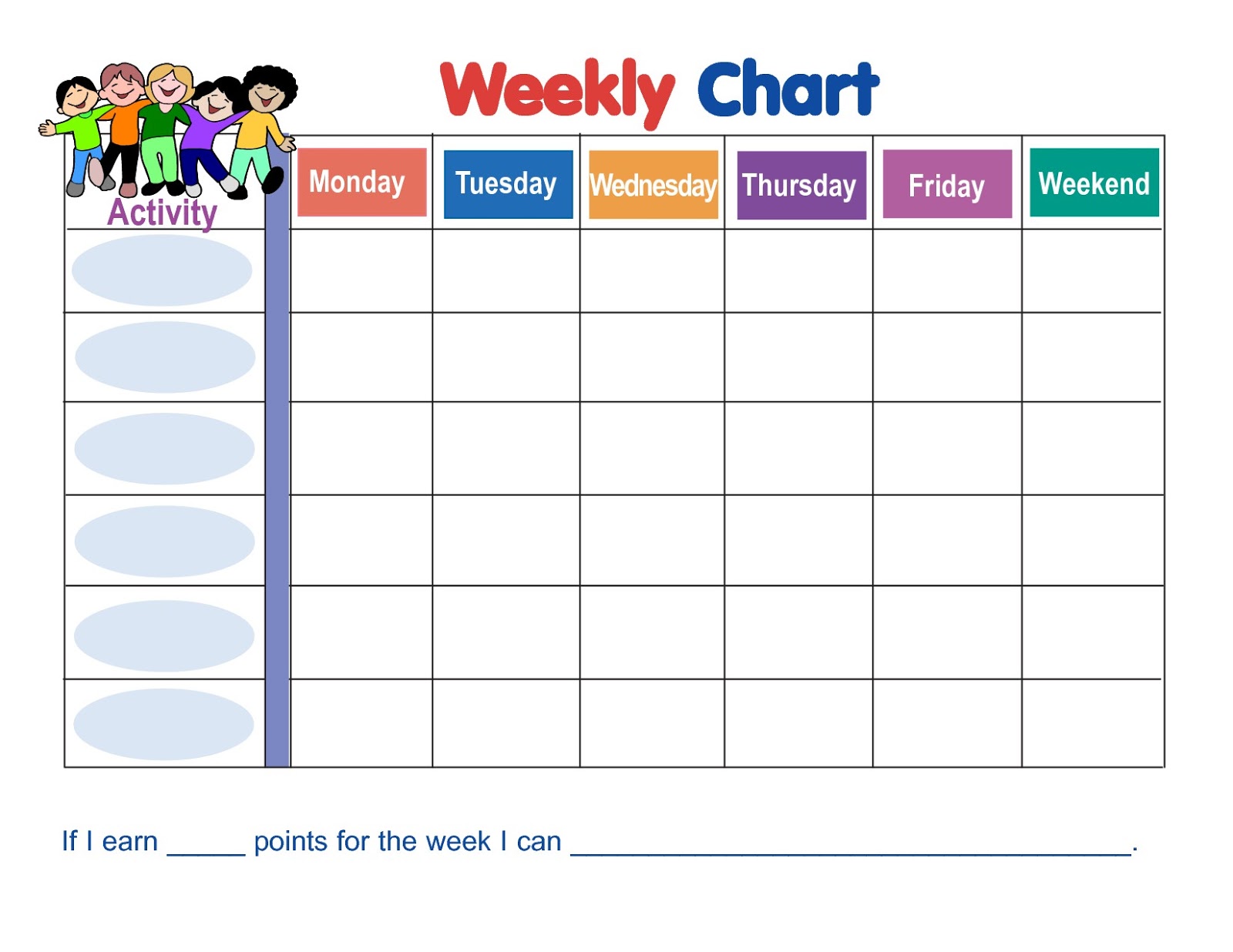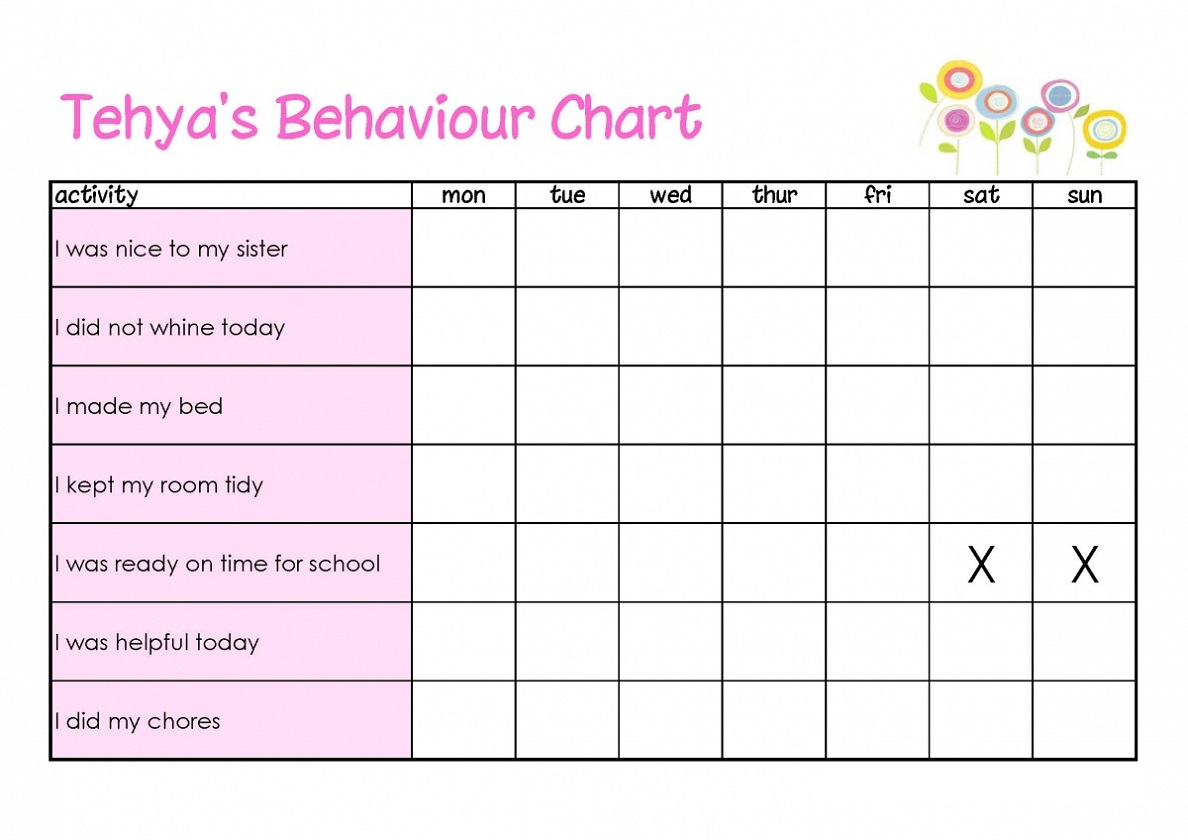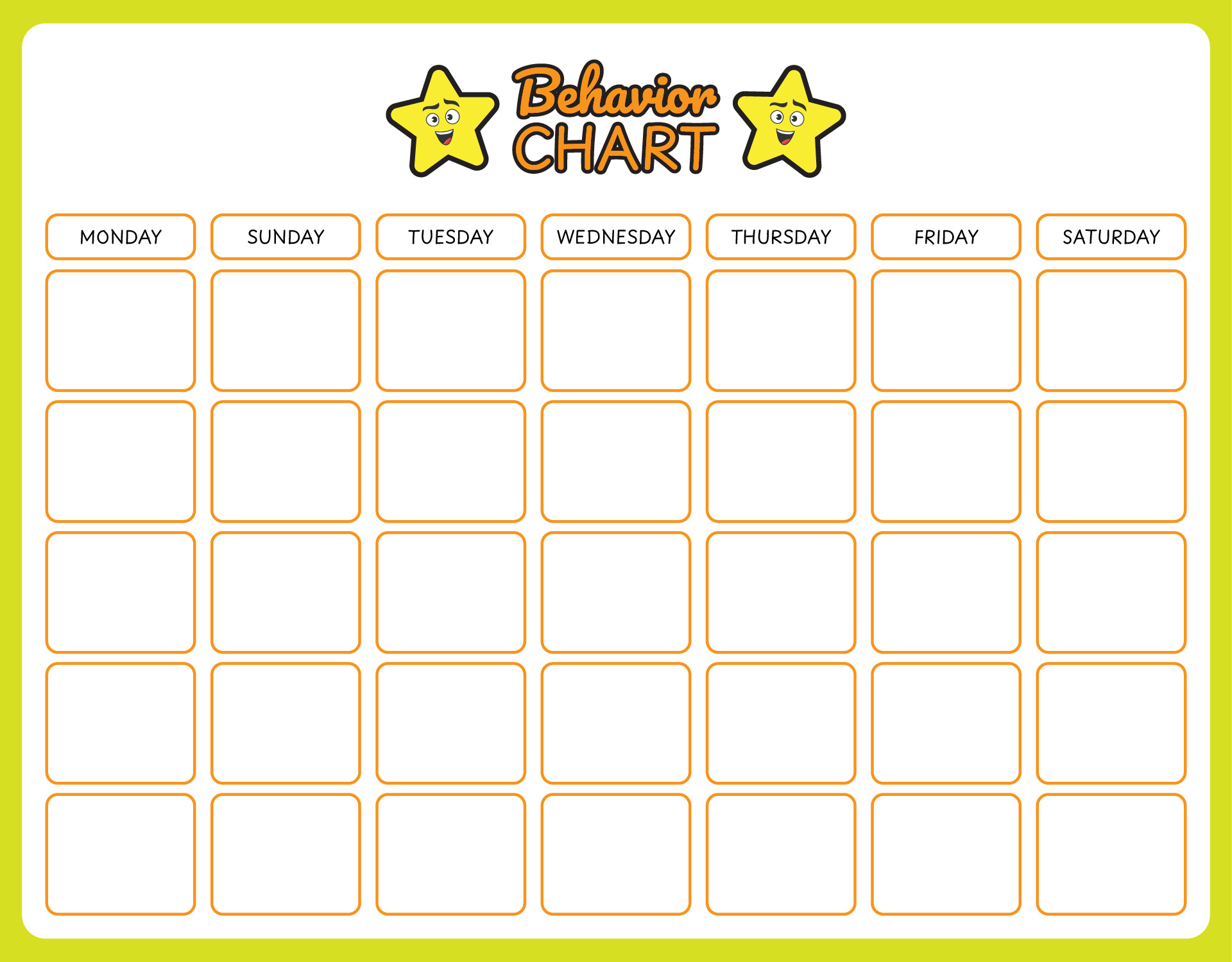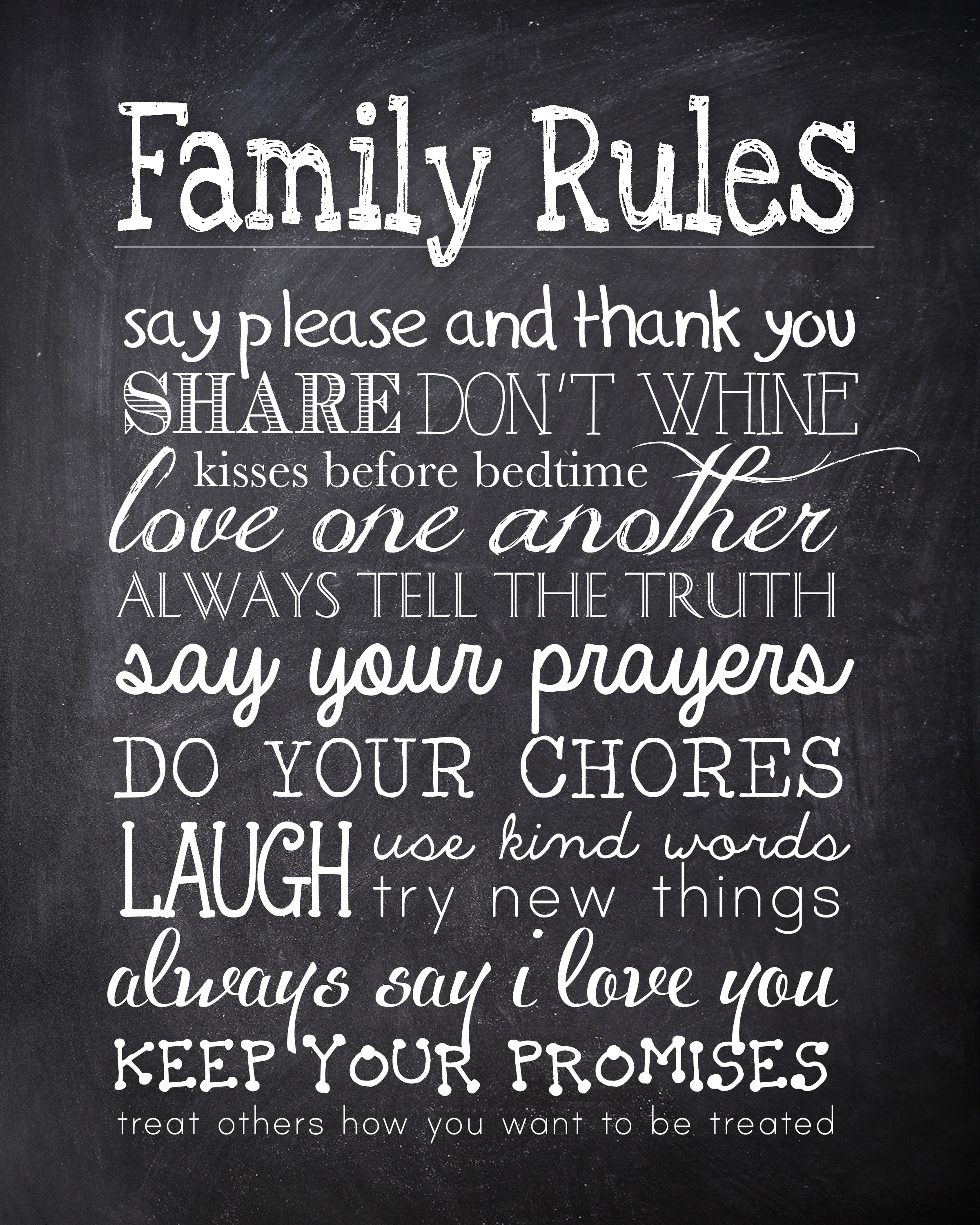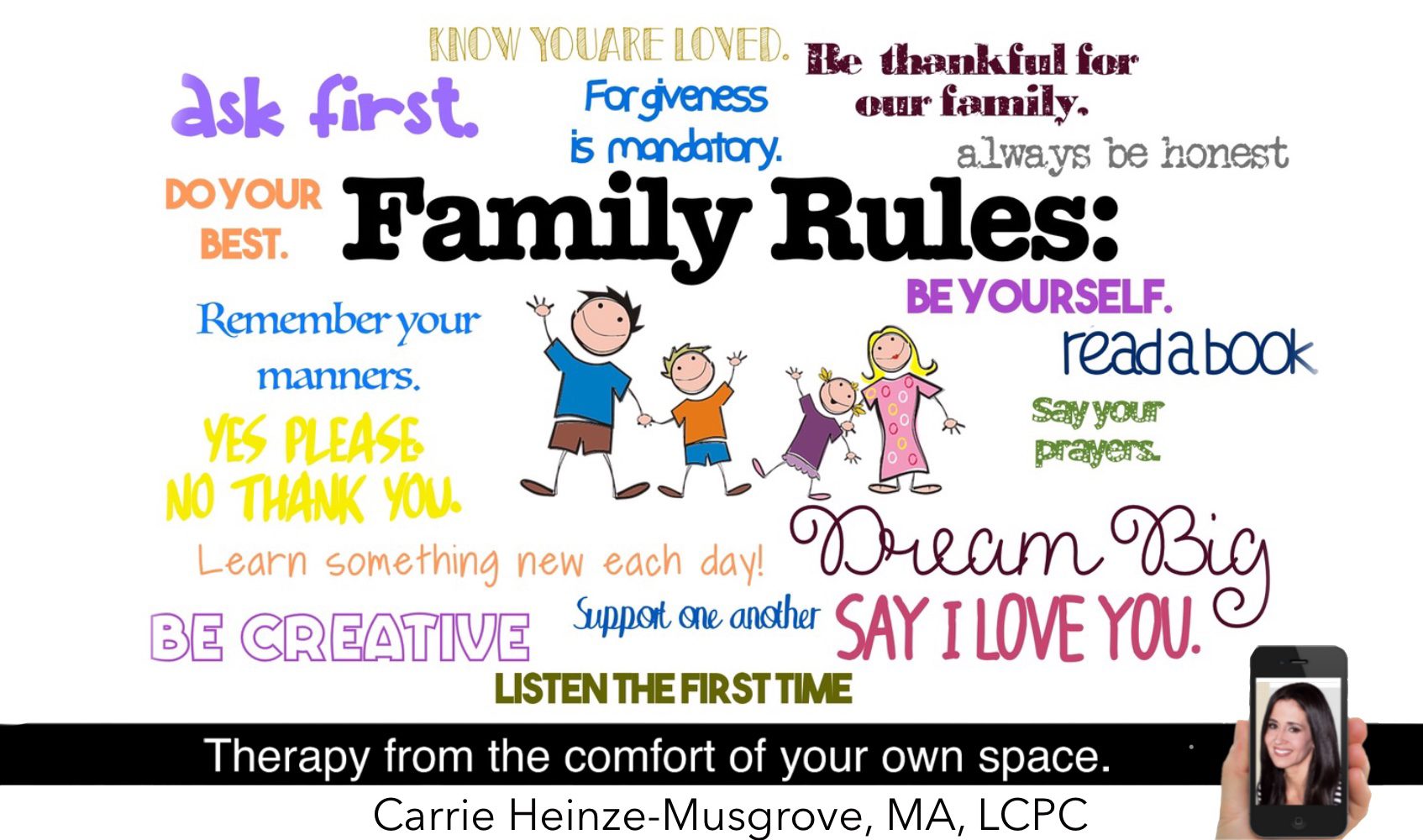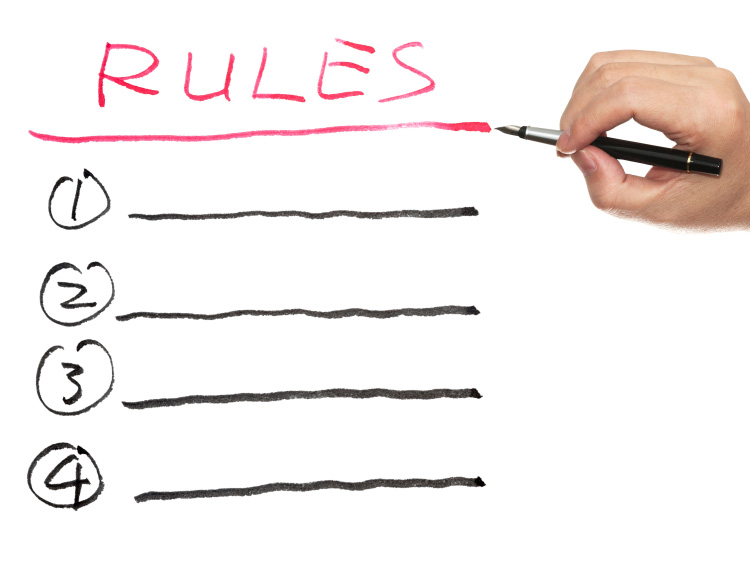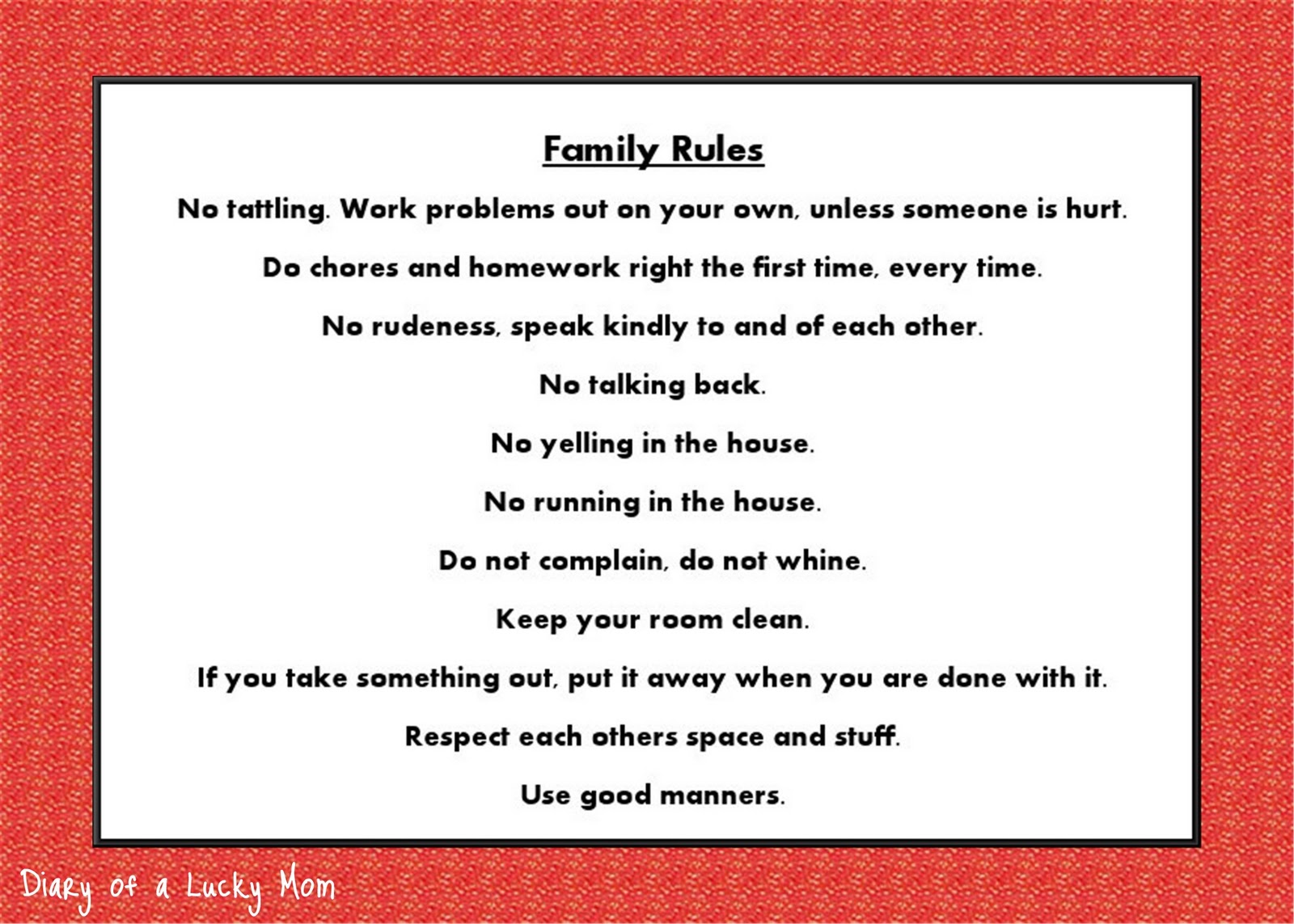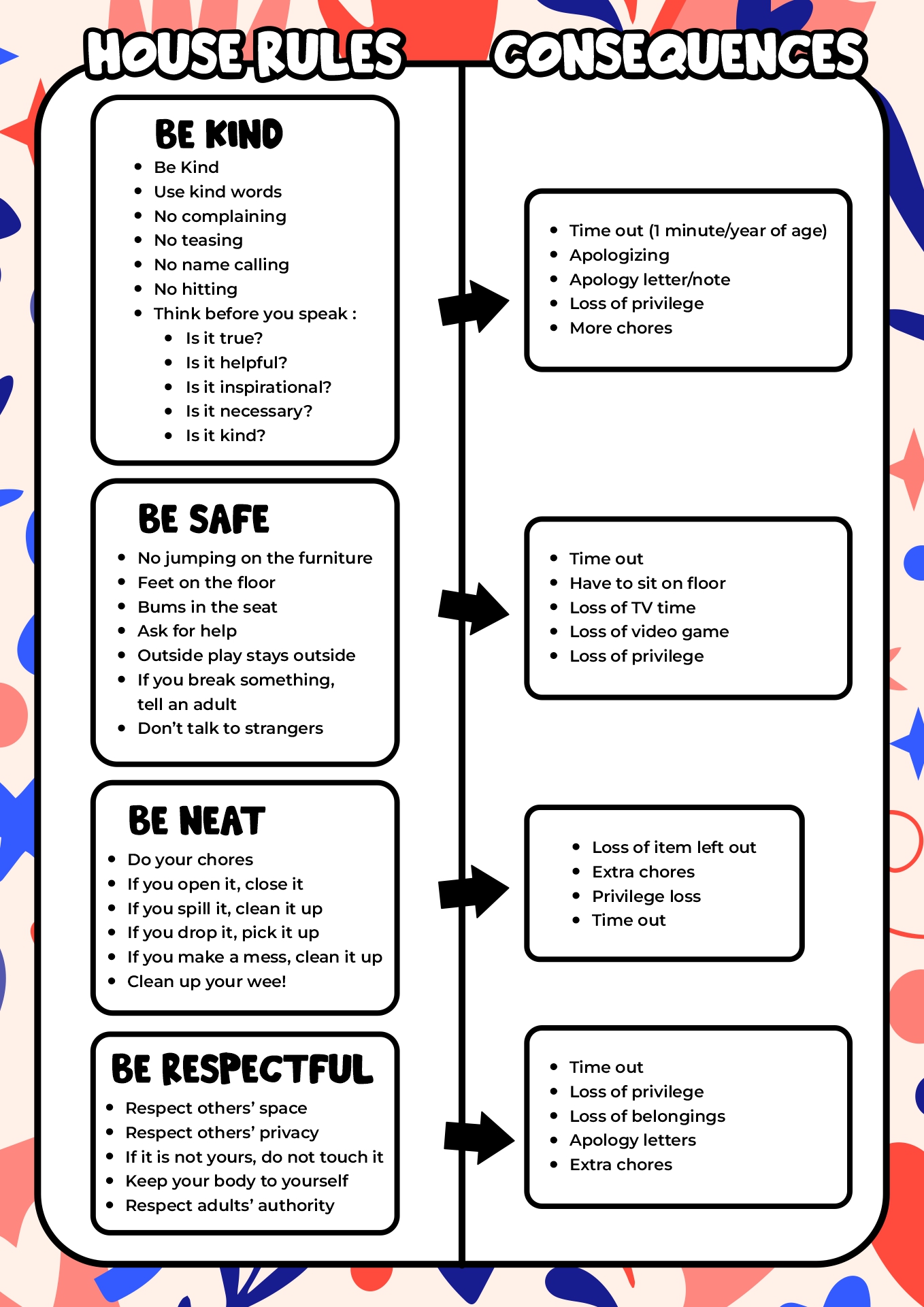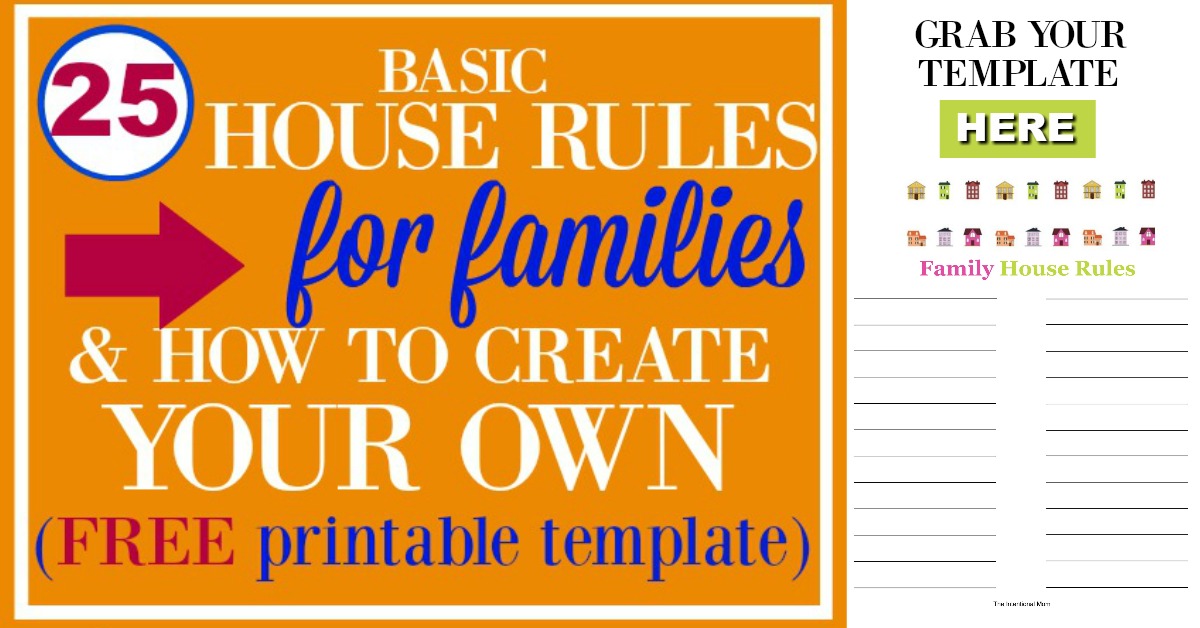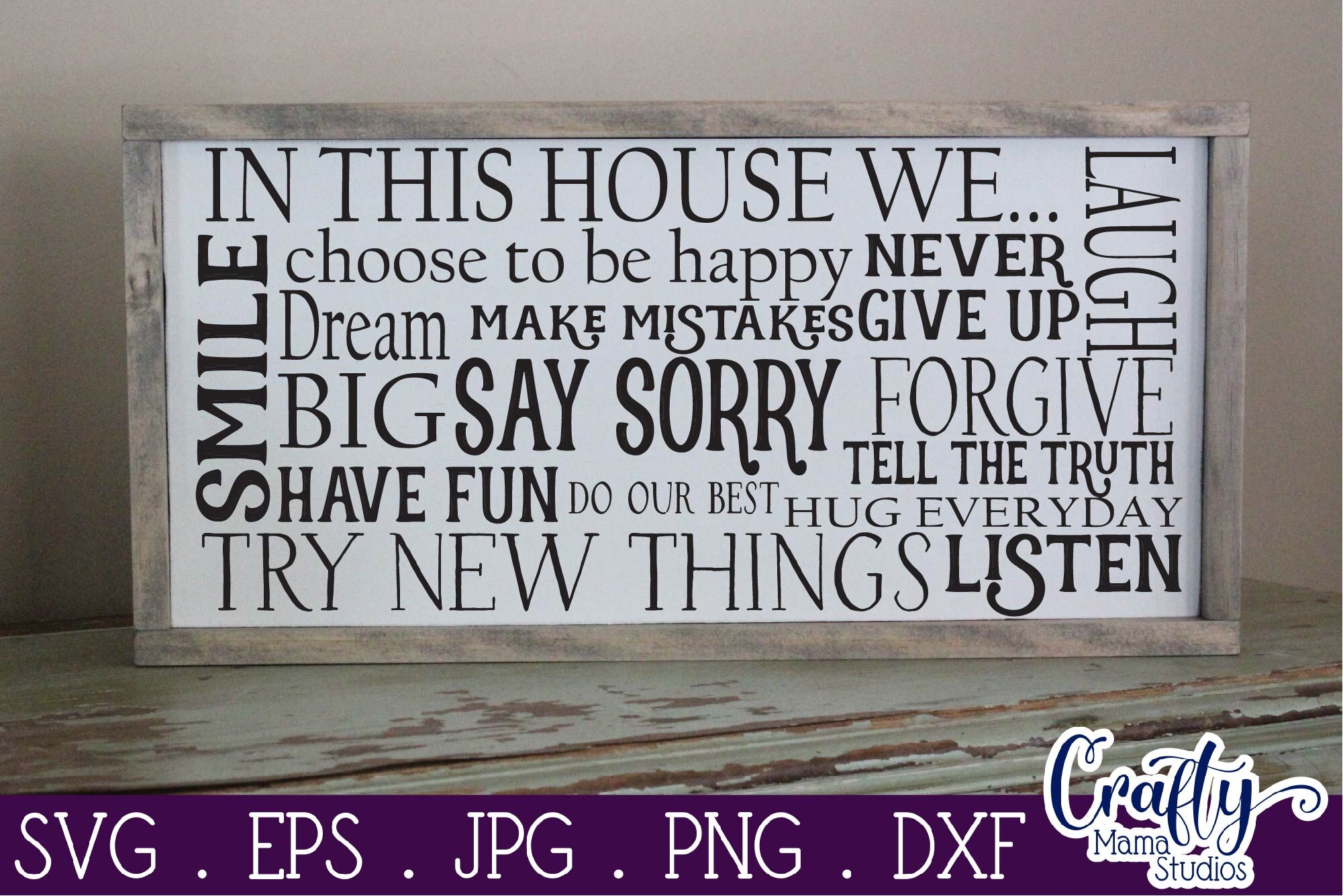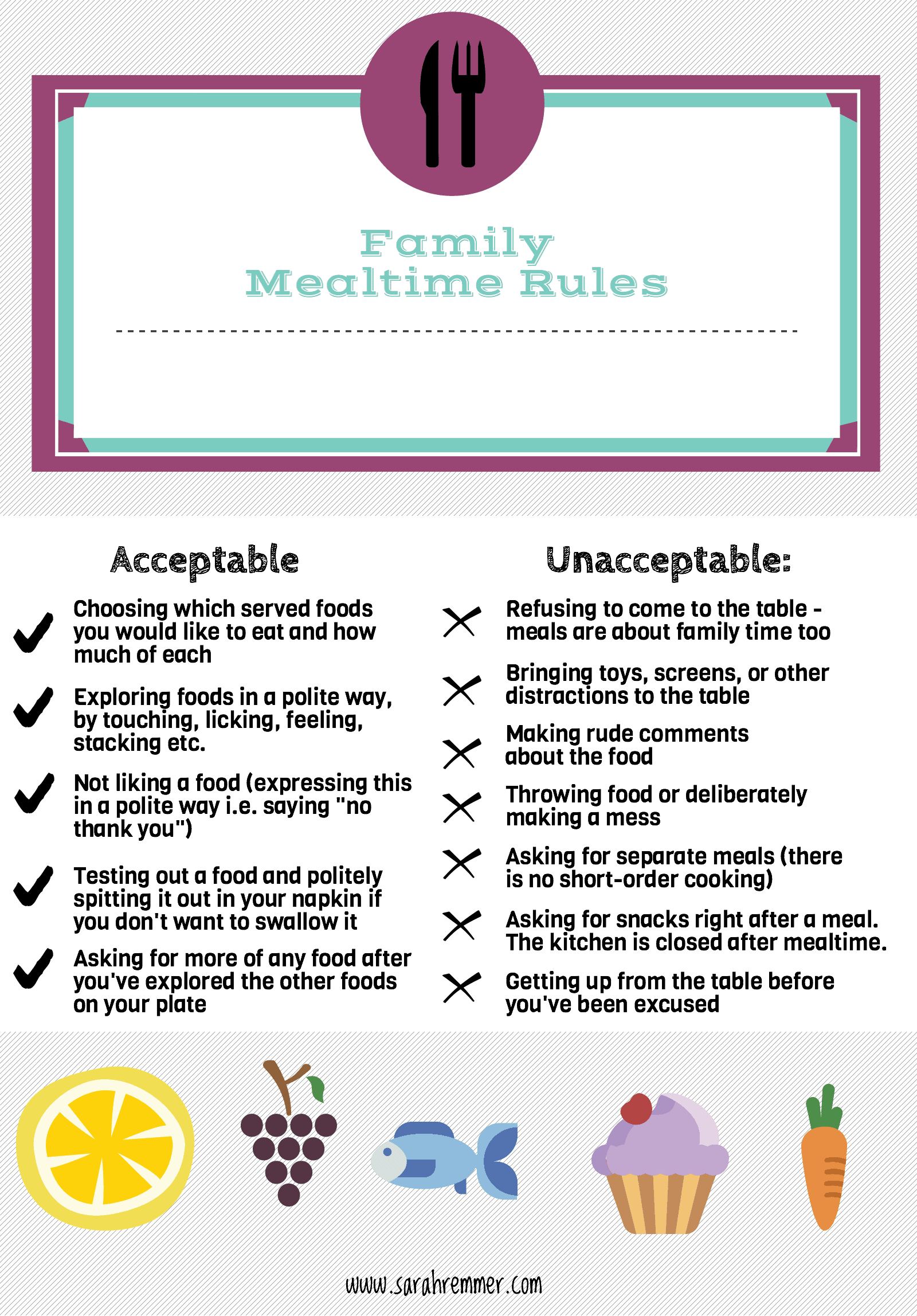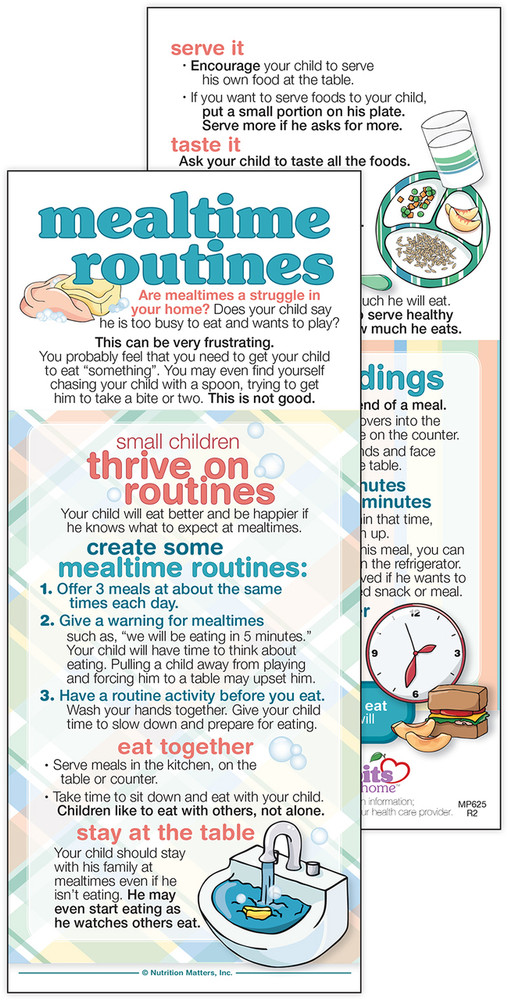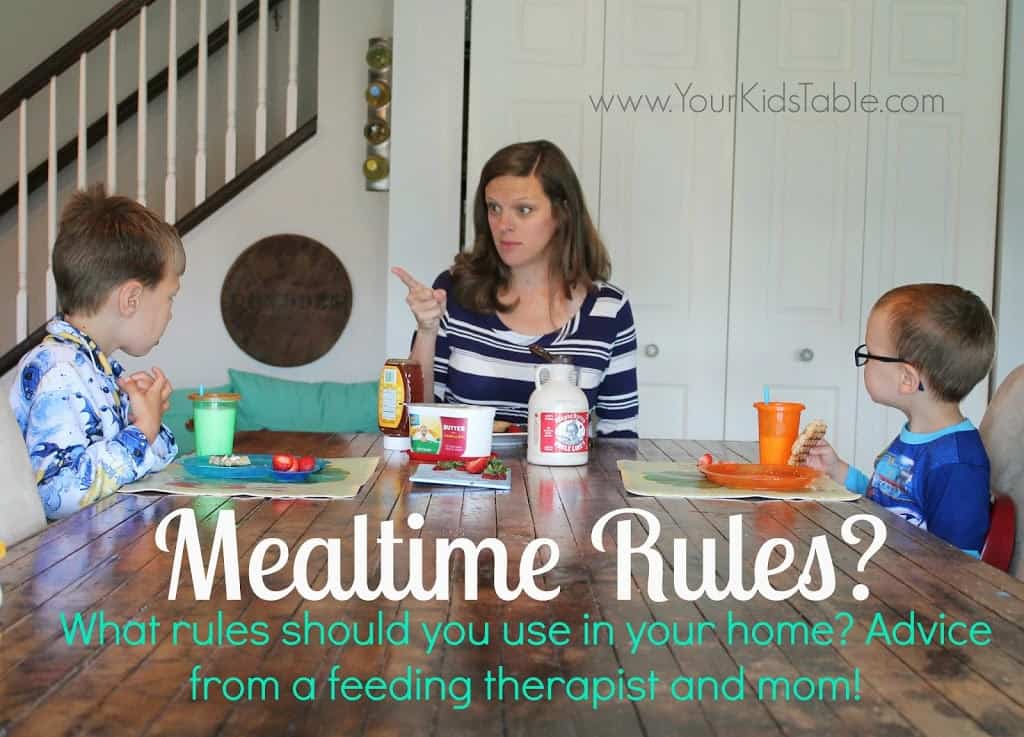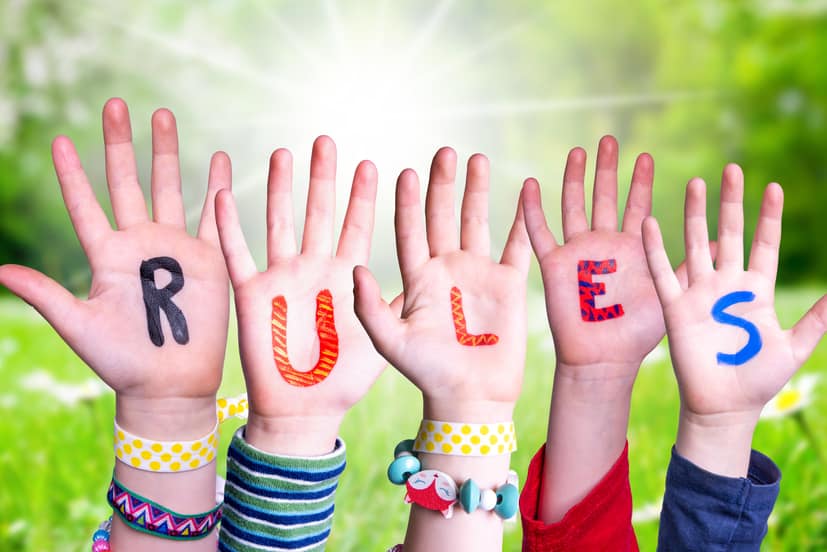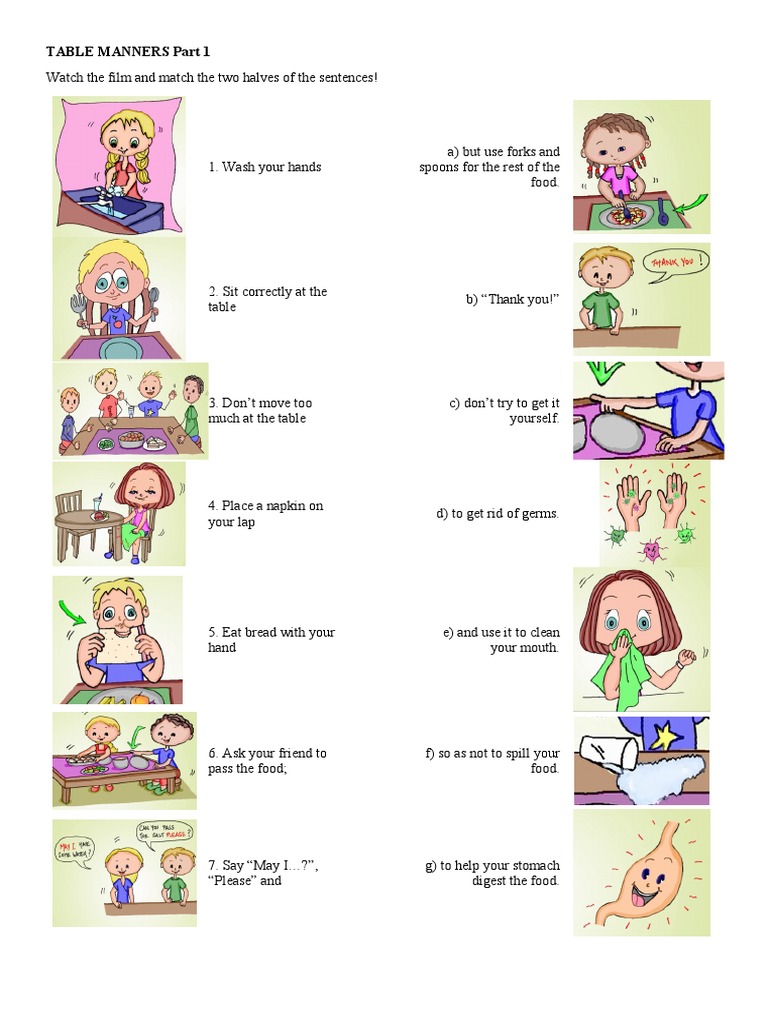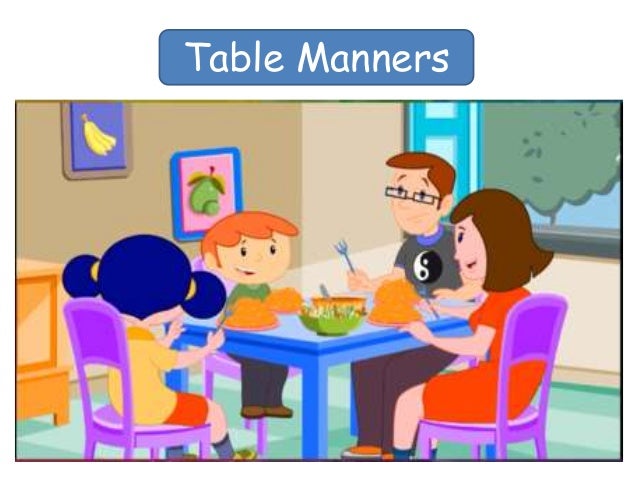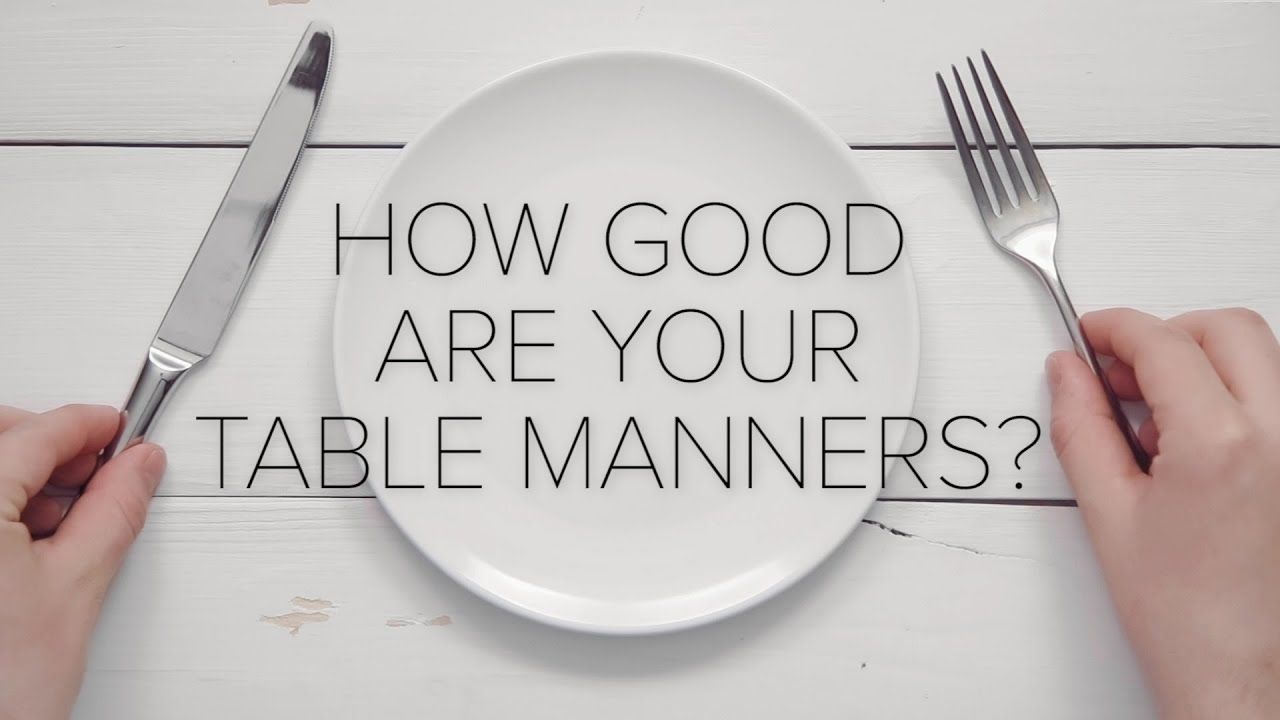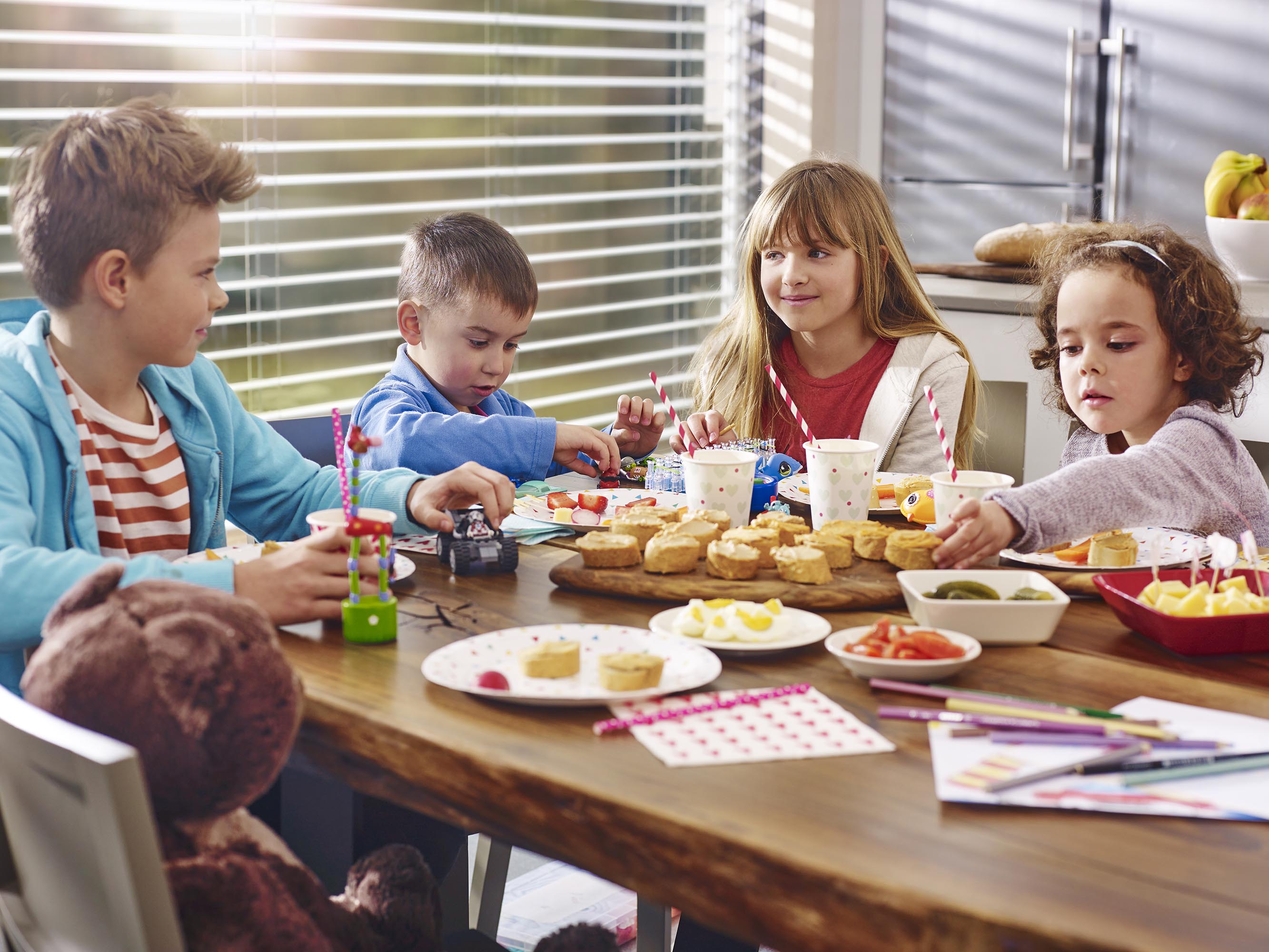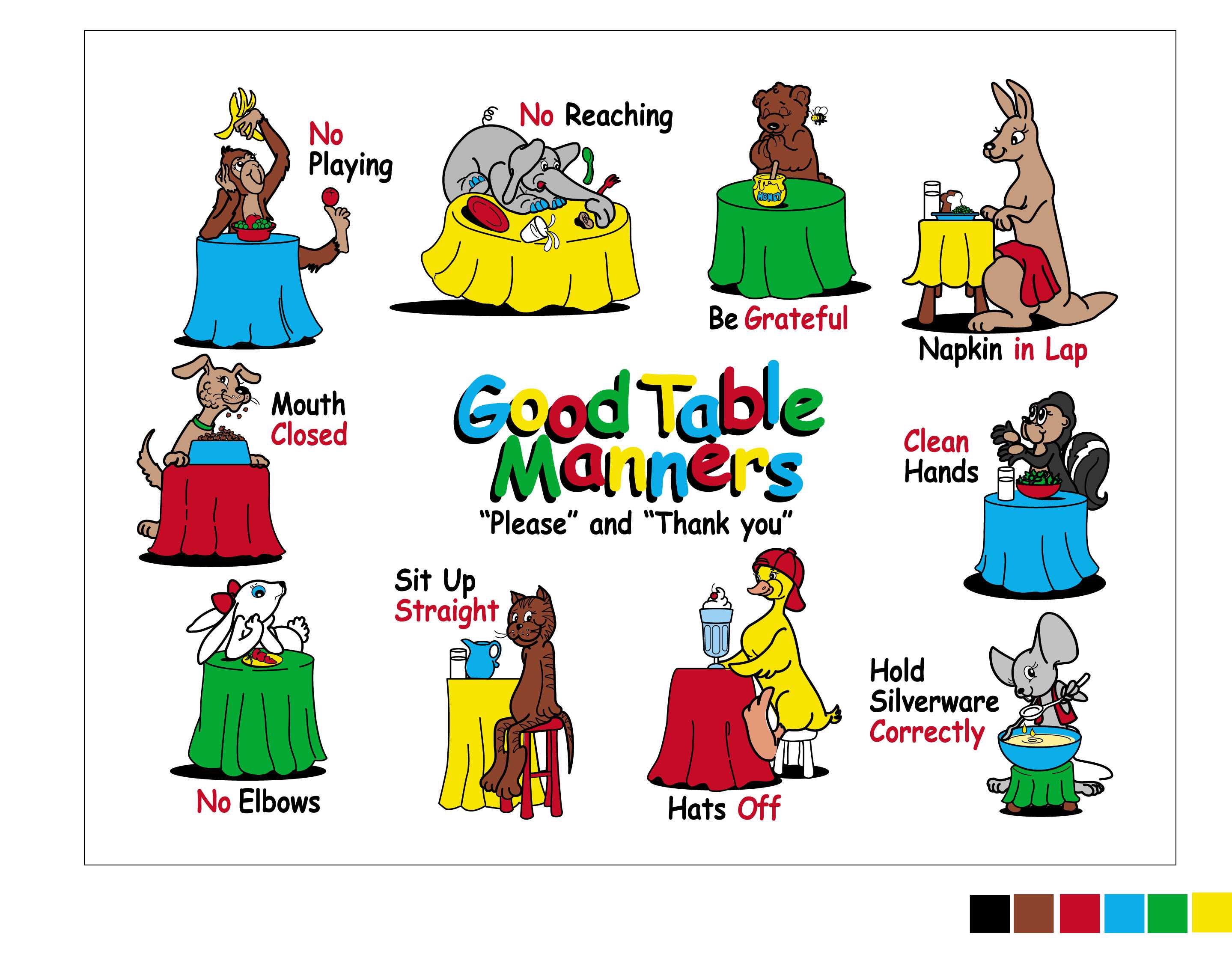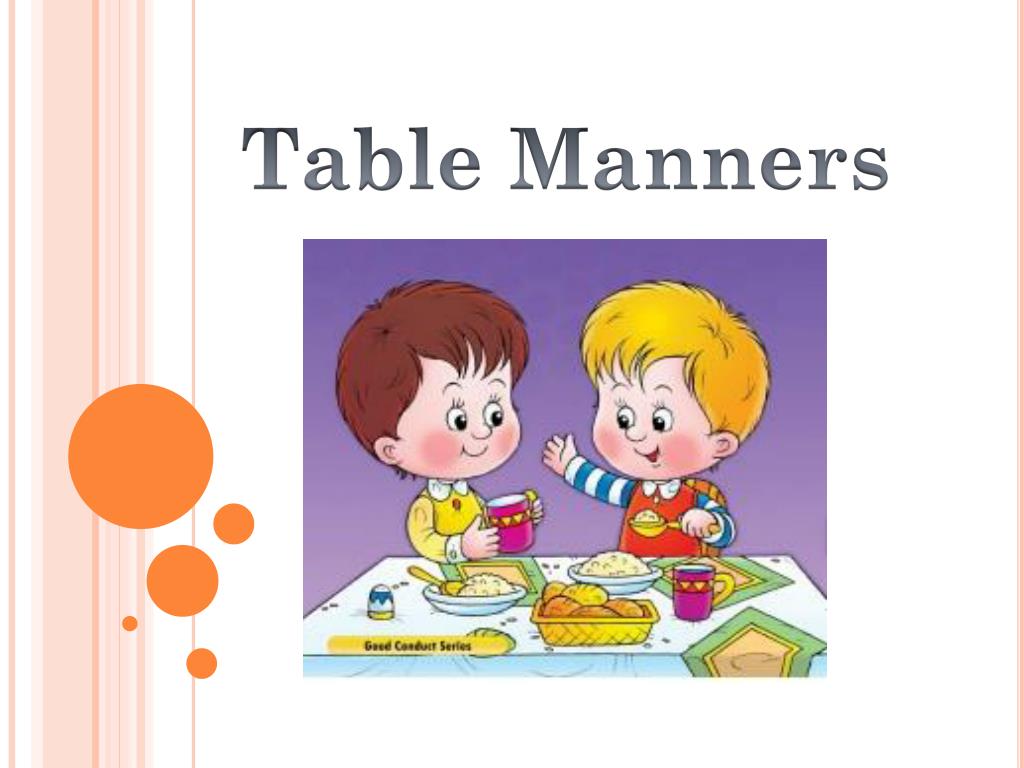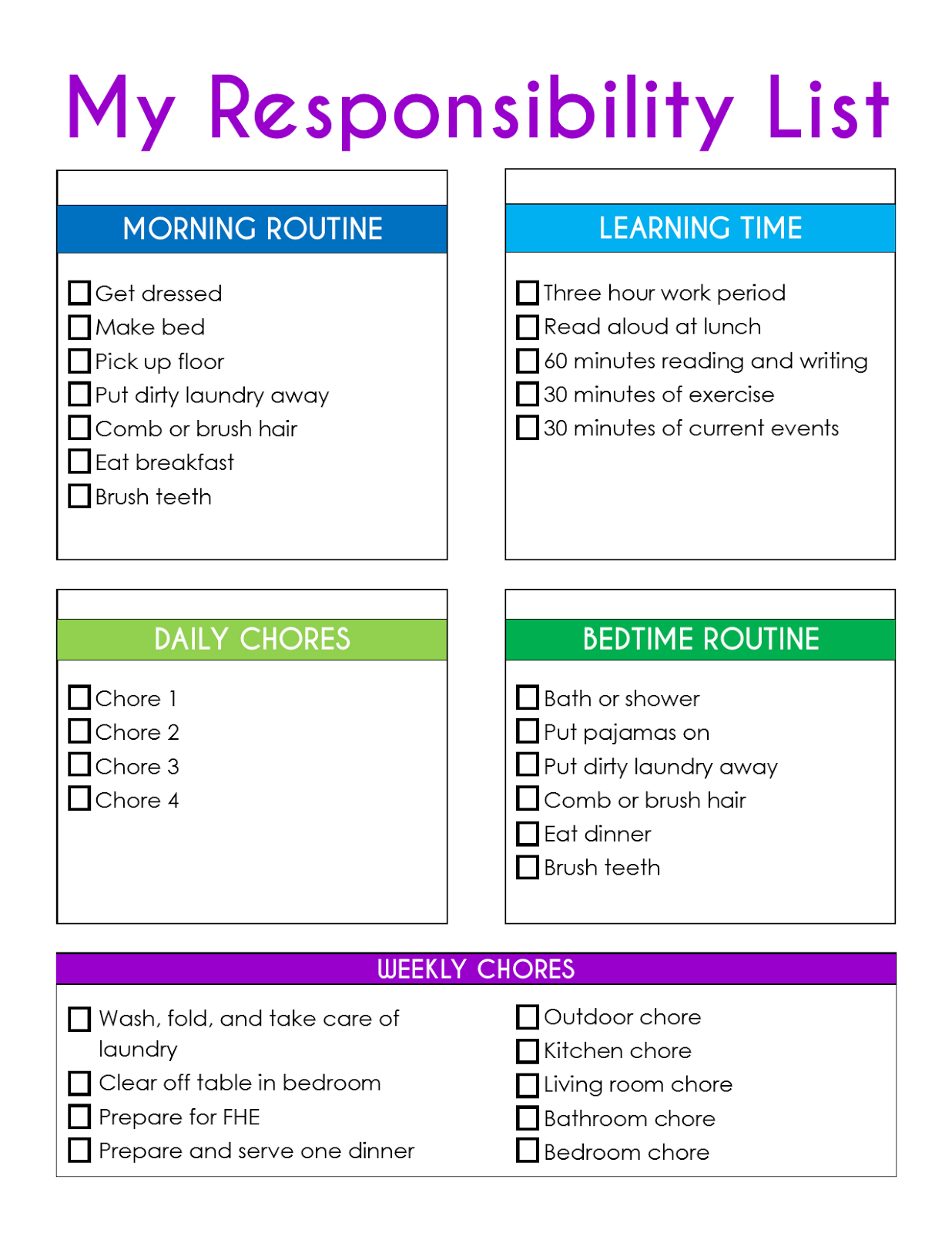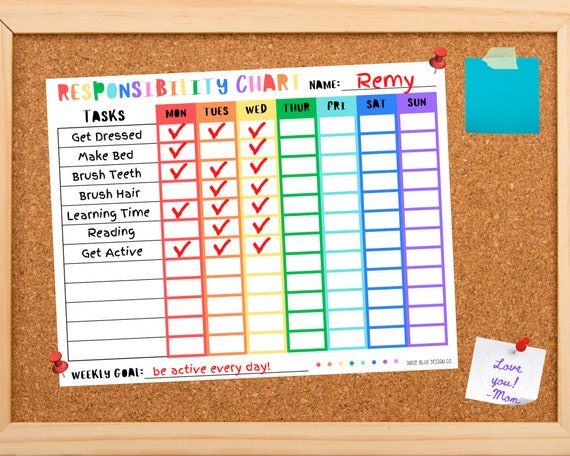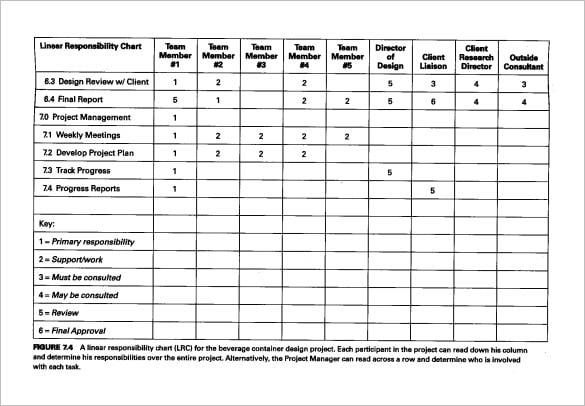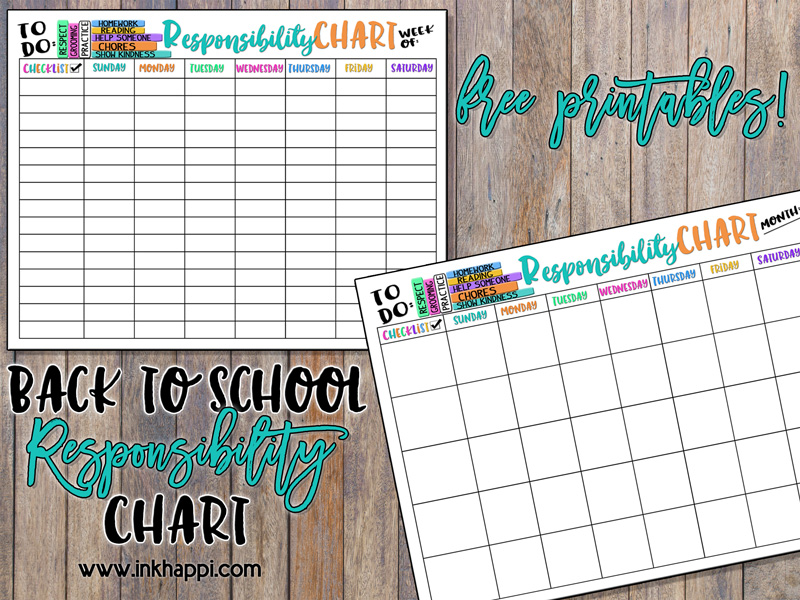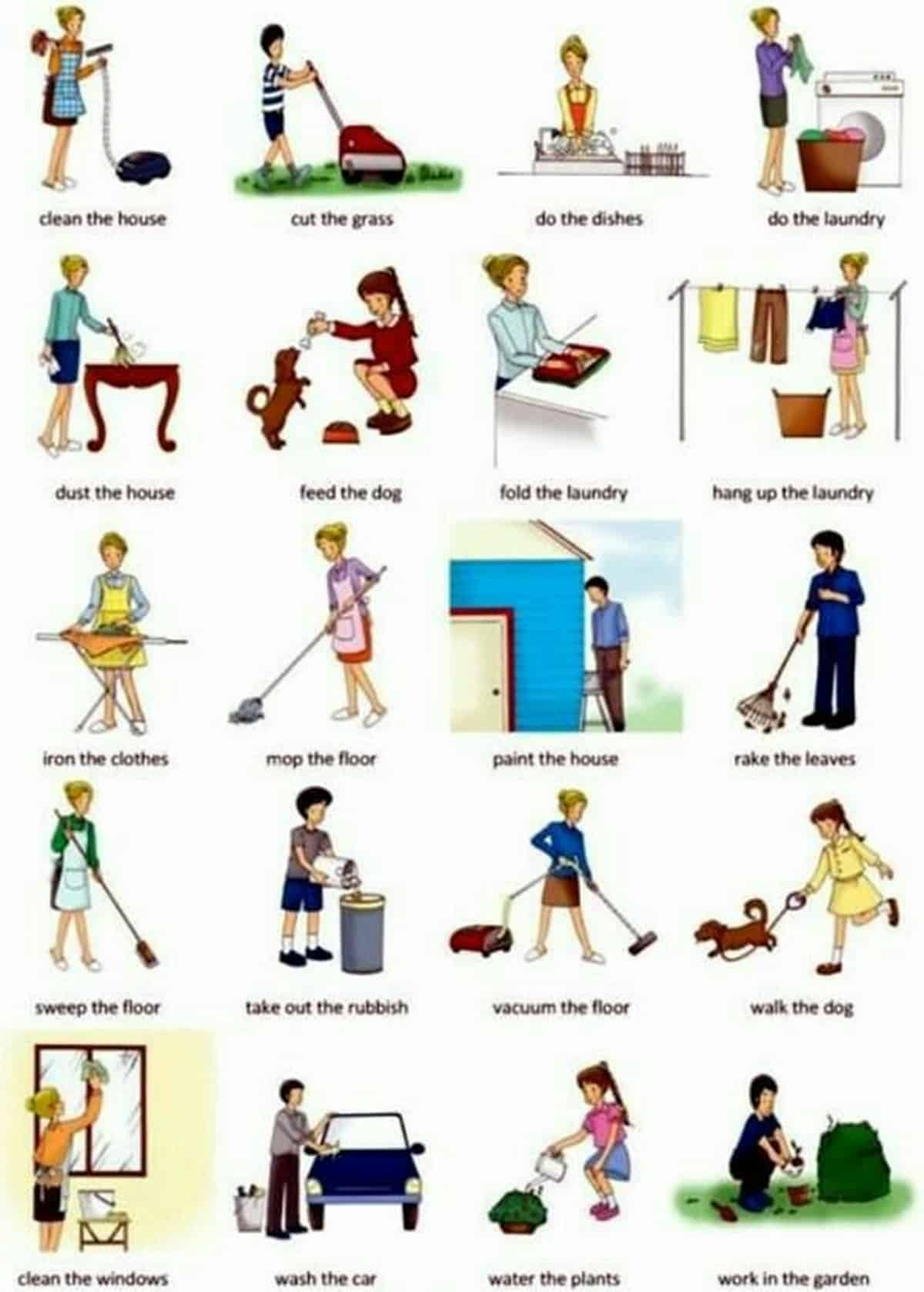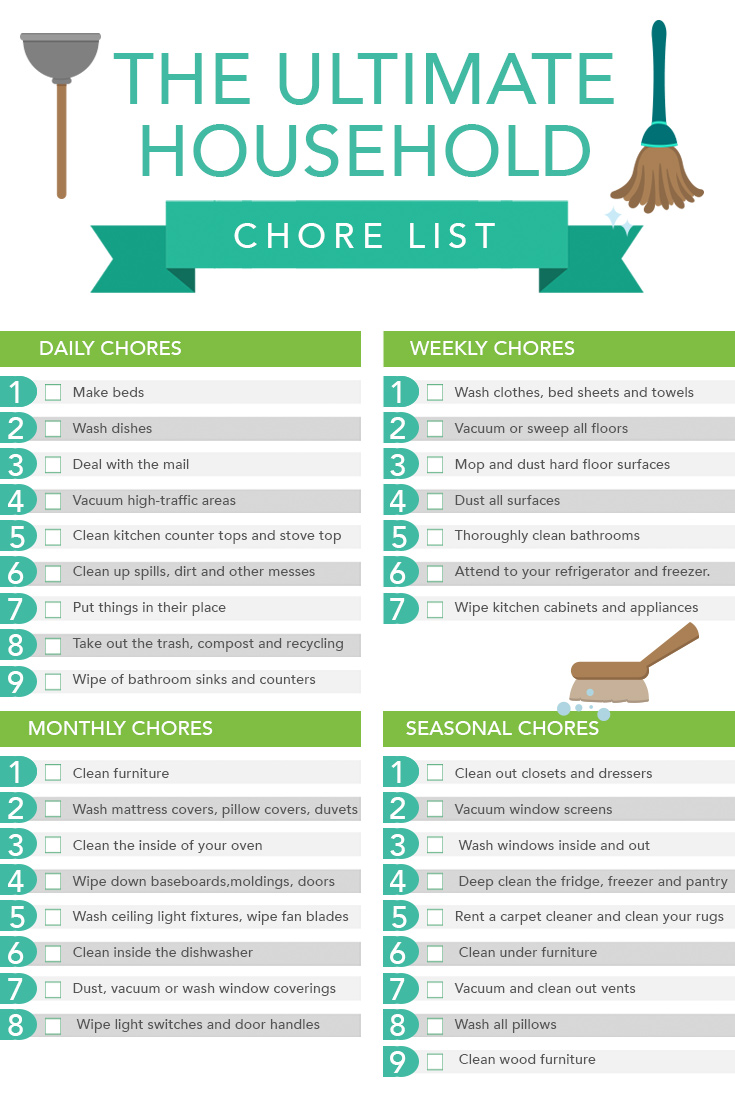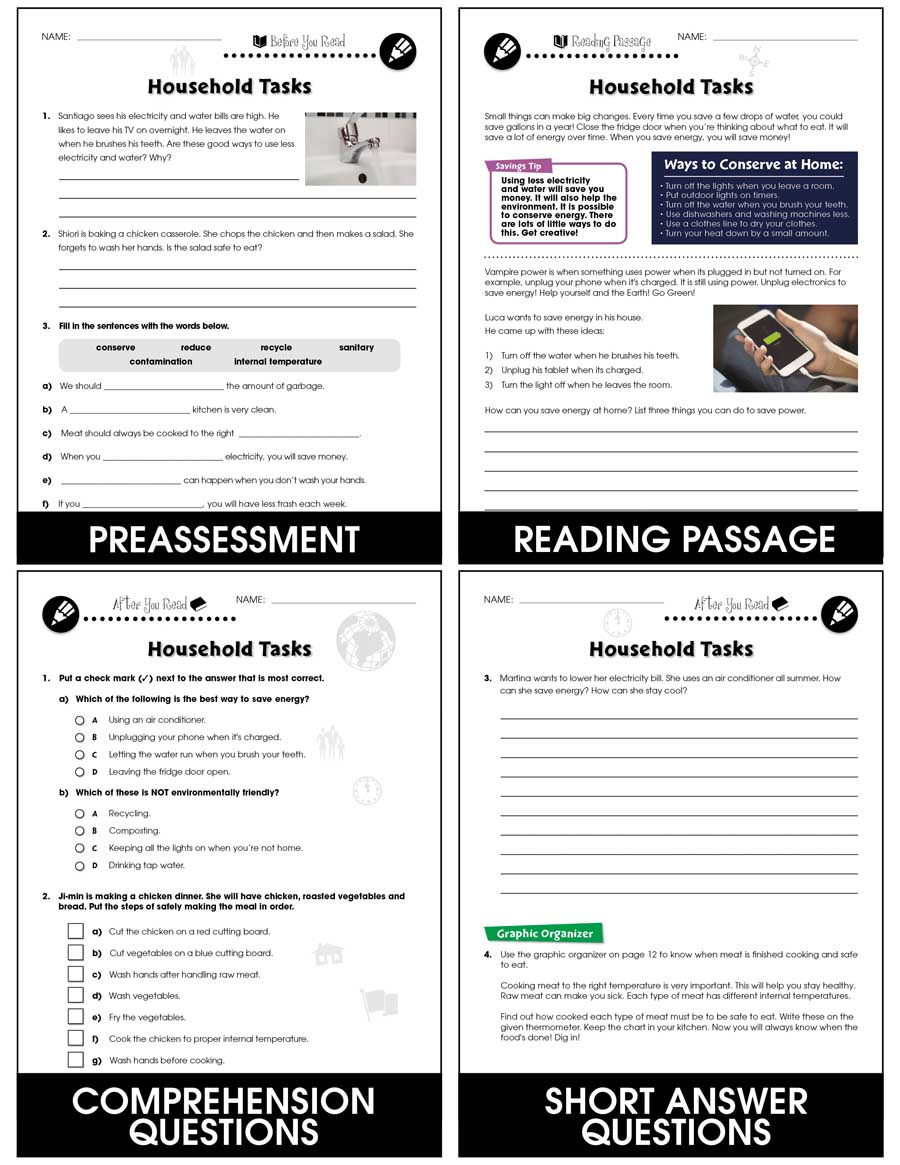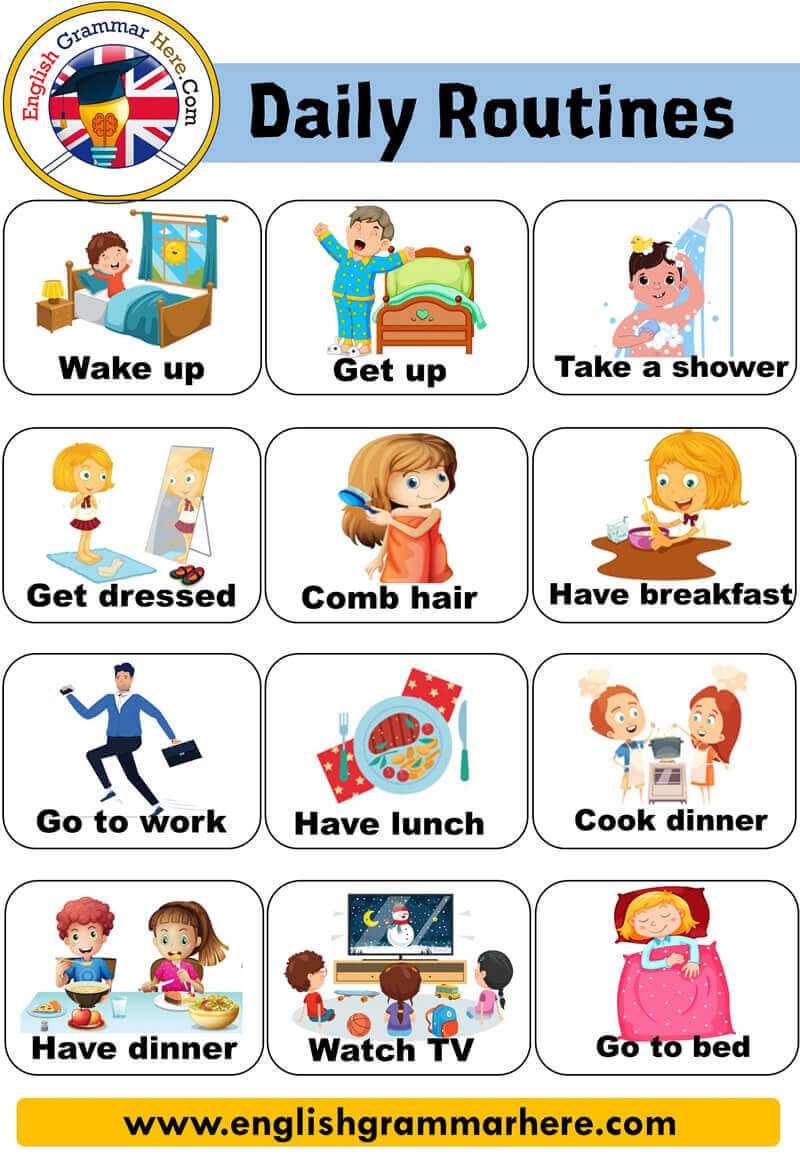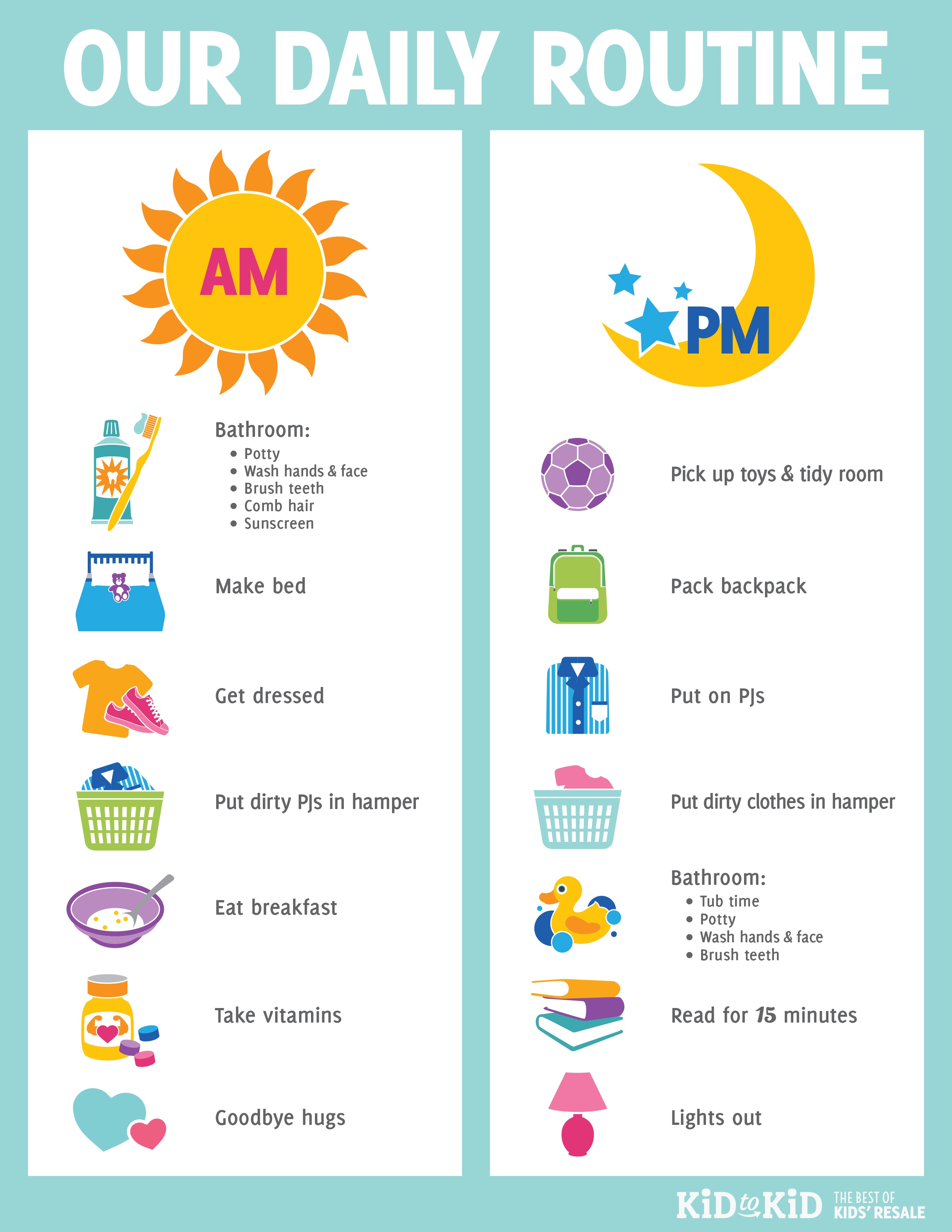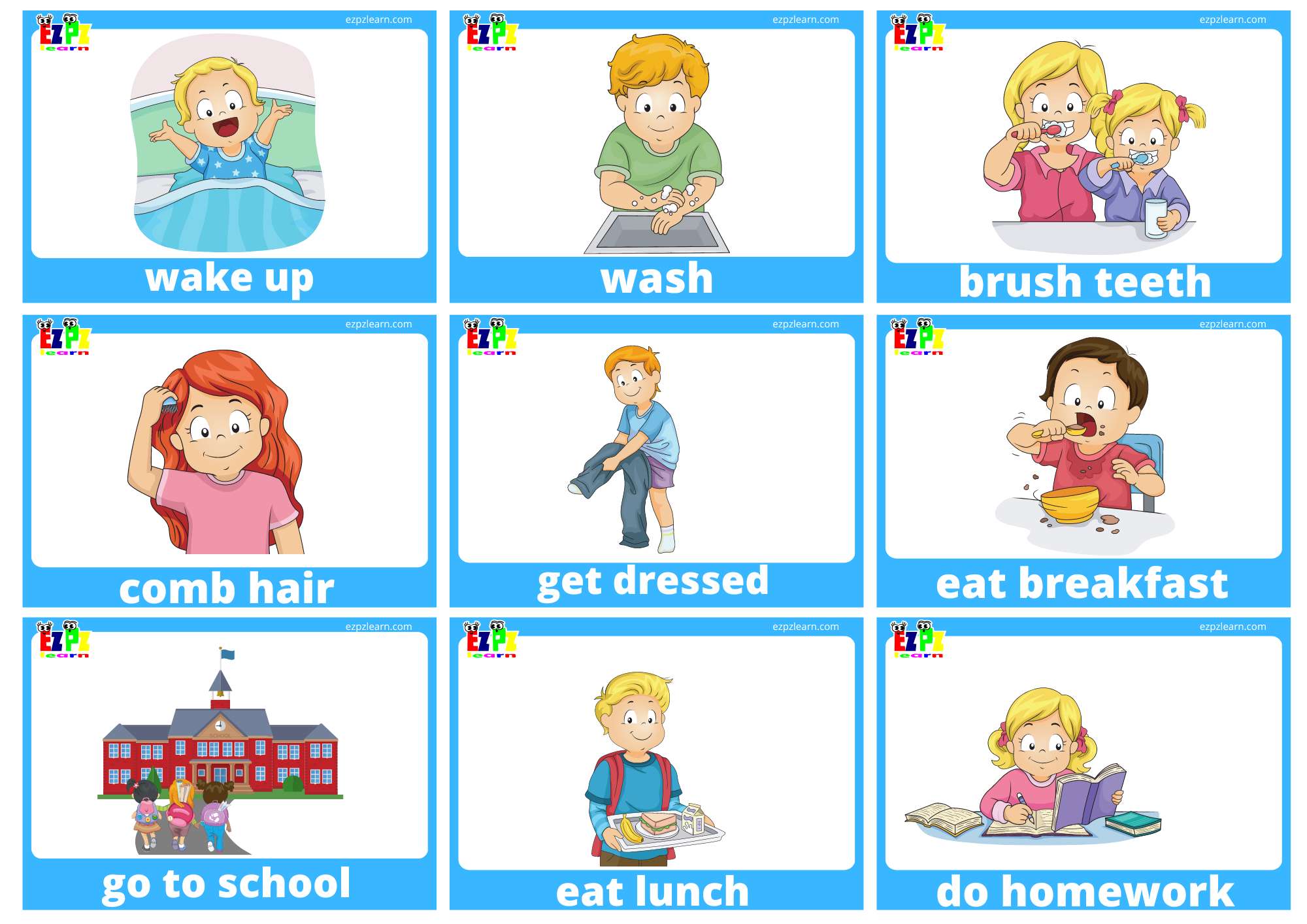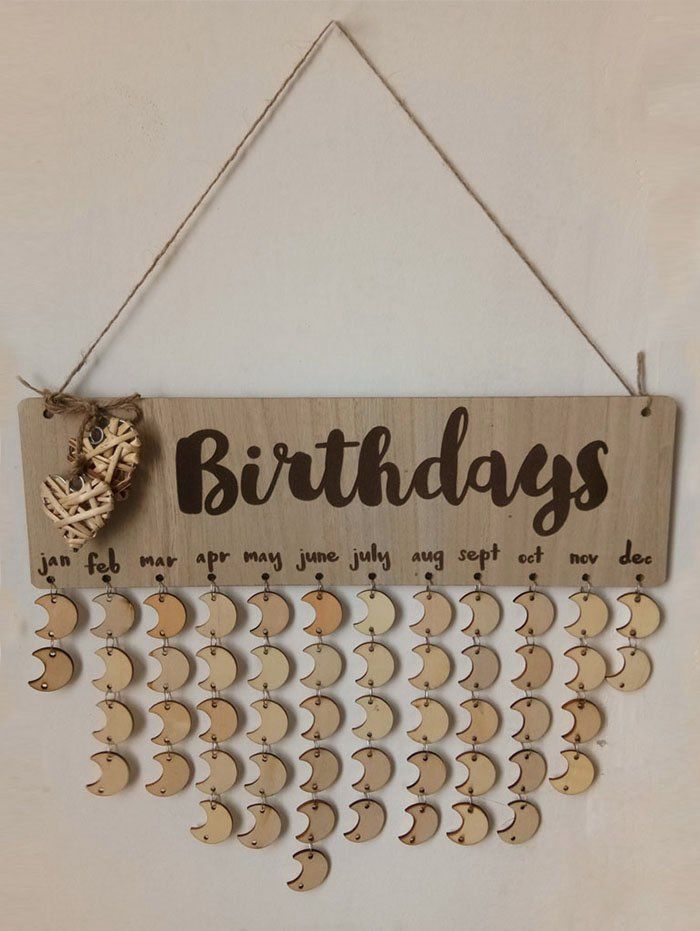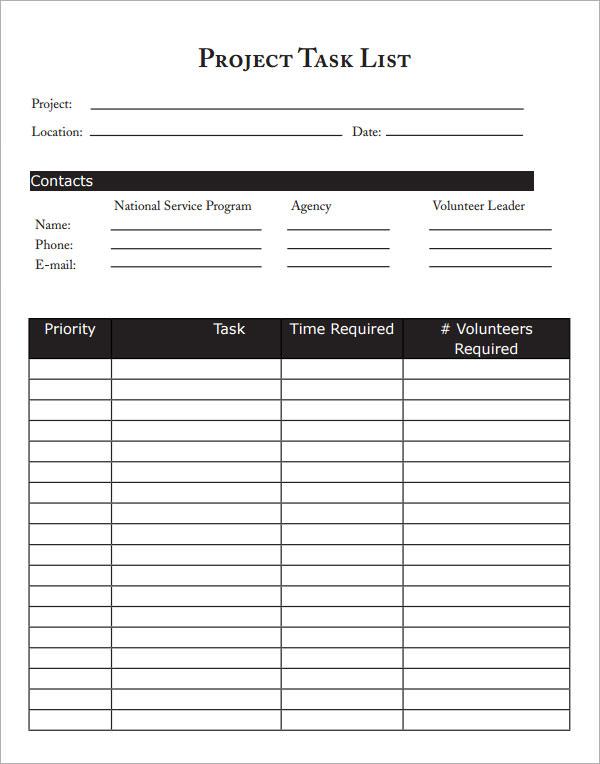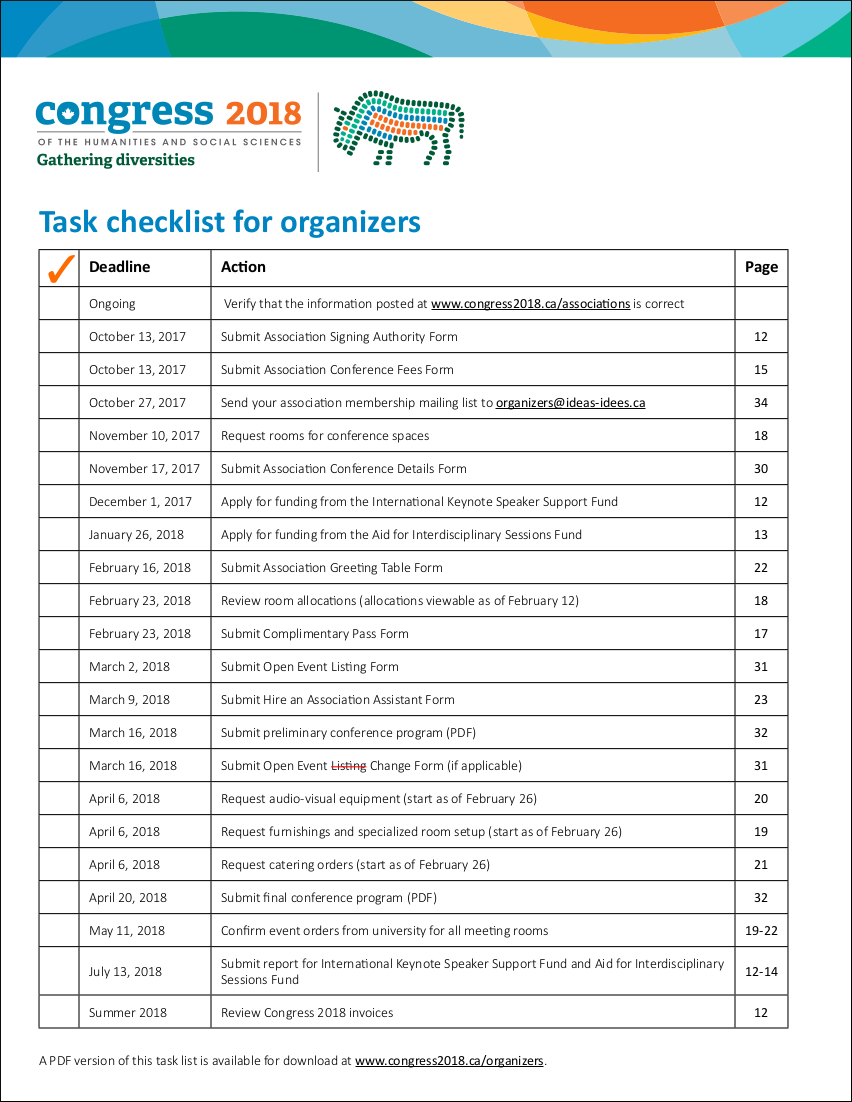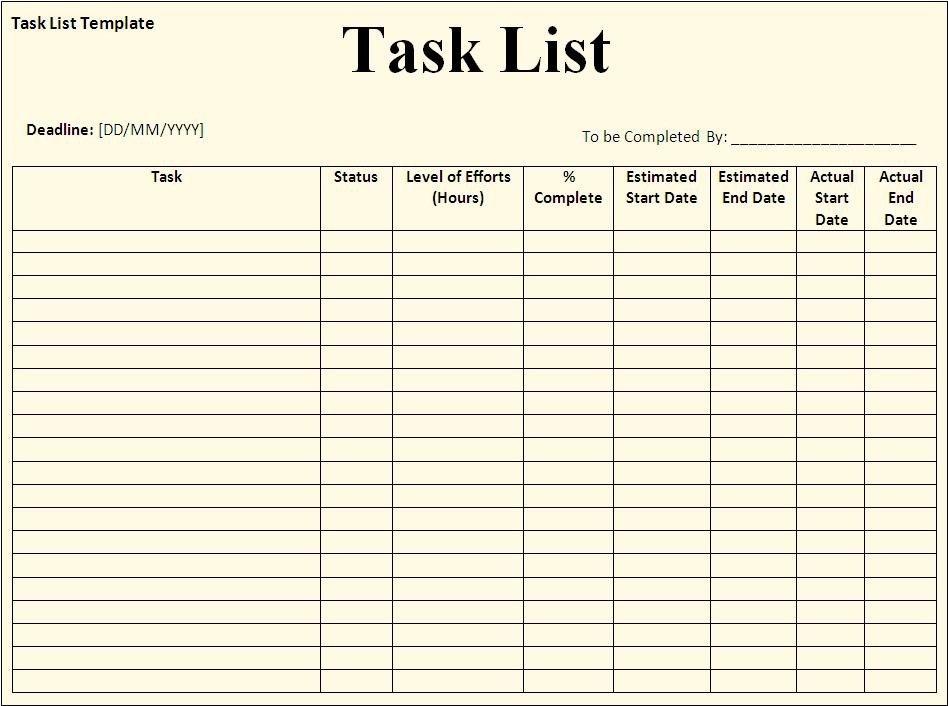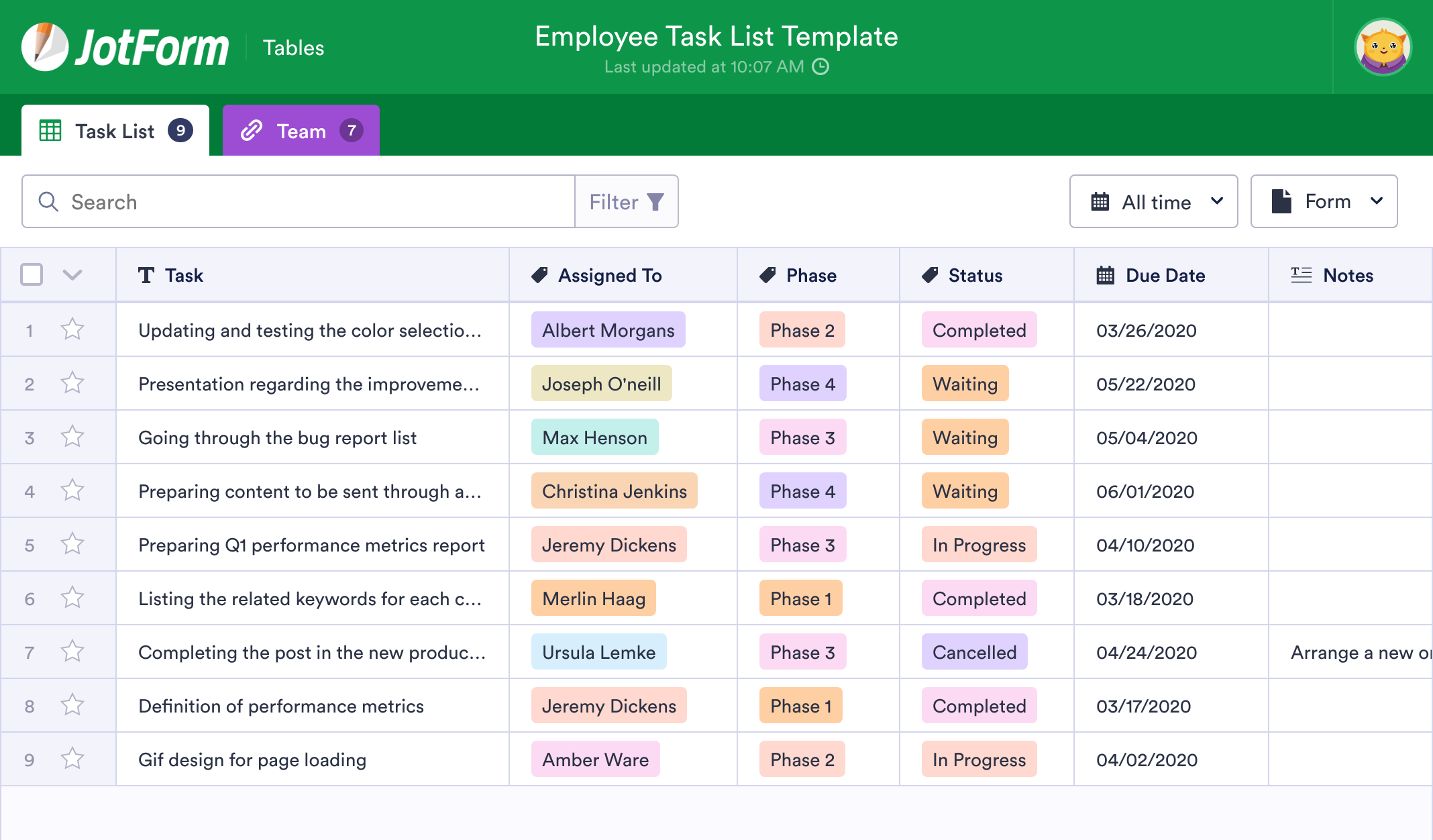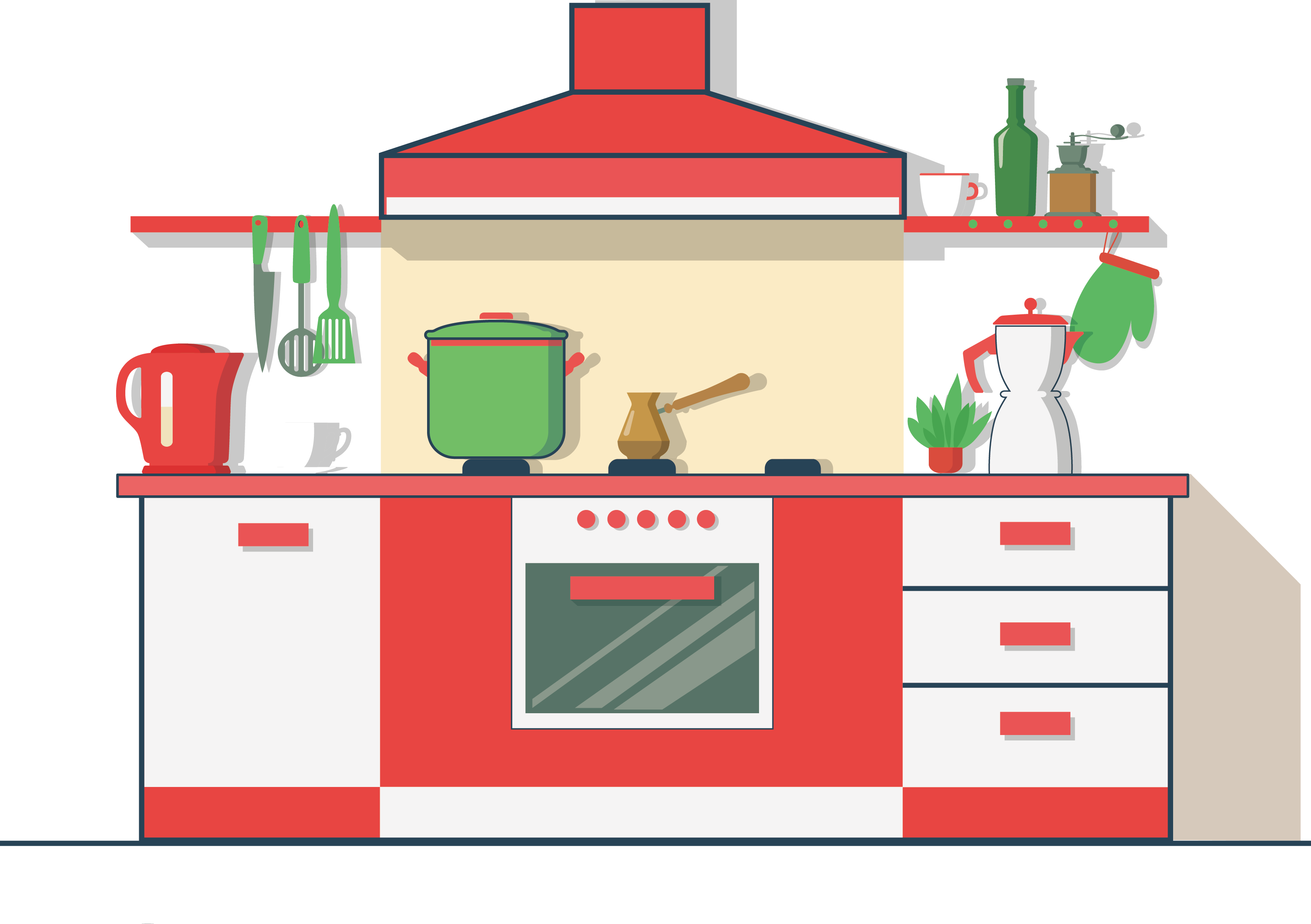One of the most important things to remember when it comes to kids and the dining room is to have a chore chart. This helps to instill a sense of responsibility in children and teaches them the value of helping out around the house. Assign age-appropriate tasks such as setting the table, clearing the dishes, or wiping down the table after meals. By having a chore chart, kids will learn to take ownership of their duties and take pride in their contributions to the household.Chore Chart
In addition to a chore chart, a behavior chart can also be helpful in promoting good behavior at the dining table. This can include positive behaviors such as using polite language, eating with utensils, and staying seated during meals. It can also include consequences for negative behaviors such as throwing food or not following mealtime rules. By using a behavior chart, kids will learn that their actions have consequences and will strive to earn positive marks.Behavior Chart
Establishing clear and consistent family rules is essential for a peaceful and enjoyable dining experience. These can include rules such as no electronics at the table, using manners, and trying at least one bite of everything on their plate. By setting and enforcing family rules, kids will learn to respect mealtime and the importance of family time.Family Rules
In addition to family rules, it's also helpful to have specific mealtime rules that are focused on the dining room. This can include reminders to use utensils, not talk with a full mouth, and to ask to be excused from the table. These rules will help to create a sense of structure and routine at mealtimes, making it easier for kids to understand expectations.Mealtime Rules
Teaching kids proper table manners is an important part of dining room reminders. This can include using utensils correctly, chewing with their mouth closed, and not talking with their mouth full. It's also important to lead by example and model good table manners for your children to follow. By teaching and reinforcing table manners, you are setting your kids up for success in social situations and teaching them respect for others.Table Manners
A responsibility chart is similar to a chore chart but focuses on tasks that are not necessarily tied to mealtime. This can include things like making their bed, putting away toys, or helping with laundry. By having a responsibility chart, kids will learn the importance of contributing to the household and will feel a sense of accomplishment when they complete their tasks.Responsibility Chart
Aside from their designated chores and responsibilities, it's also helpful to involve kids in household tasks related to the dining room. This can include dusting the table, vacuuming the floor, or helping to set the table. By involving them in these tasks, kids will feel like they are part of the household and will be more likely to take care of the dining room.Household Tasks
Establishing a daily routine for meals can also be helpful in reminding kids of their responsibilities in the dining room. This can include designated times for breakfast, lunch, and dinner, as well as snack times. This routine will help kids to know what to expect and when, making it easier for them to follow mealtime rules and responsibilities.Daily Routine
A reminder board can be a helpful tool in keeping dining room reminders visible and top of mind for kids. This can include a list of mealtime rules, chore responsibilities, and any important events or tasks related to the dining room. By having a reminder board, kids will have a visual cue to refer to and will be more likely to remember their responsibilities.Reminder Board
Finally, having a task list for each meal can be a helpful reminder for kids to complete their responsibilities. This can include tasks such as setting the table, helping with meal preparation, and clearing the dishes. By having a task list, kids will know exactly what is expected of them and will be more likely to complete their responsibilities without being reminded.Task List
The Importance of Teaching Kids about Dining Room Etiquette

Instilling Good Habits
 As parents, we all want our children to grow up to be well-mannered and respectful individuals. One way to achieve this is by teaching them about dining room etiquette from a young age.
Dining room etiquette
refers to the set of rules and behaviors that are expected in a formal dining setting. By teaching our kids these manners early on, we are instilling in them good habits that will benefit them in all aspects of their lives.
As parents, we all want our children to grow up to be well-mannered and respectful individuals. One way to achieve this is by teaching them about dining room etiquette from a young age.
Dining room etiquette
refers to the set of rules and behaviors that are expected in a formal dining setting. By teaching our kids these manners early on, we are instilling in them good habits that will benefit them in all aspects of their lives.
Creating a Positive Dining Experience
 A well-mannered child not only reflects positively on their parents, but it also creates a pleasant and enjoyable dining experience for everyone.
Dining room etiquette for kids
includes basic manners such as using utensils properly, chewing with their mouth closed, and using please and thank you when asking for food. When kids practice these behaviors, it creates a positive atmosphere at the dinner table and encourages good conversation and bonding with the family.
A well-mannered child not only reflects positively on their parents, but it also creates a pleasant and enjoyable dining experience for everyone.
Dining room etiquette for kids
includes basic manners such as using utensils properly, chewing with their mouth closed, and using please and thank you when asking for food. When kids practice these behaviors, it creates a positive atmosphere at the dinner table and encourages good conversation and bonding with the family.
Preparing for Social Gatherings
 As kids grow older, they will be invited to more social gatherings and events where proper dining room etiquette is expected. By teaching them these skills early on, they will feel confident and comfortable in any dining setting. This will also reflect positively on their parents and show that they have been raised with good manners and respect for others.
As kids grow older, they will be invited to more social gatherings and events where proper dining room etiquette is expected. By teaching them these skills early on, they will feel confident and comfortable in any dining setting. This will also reflect positively on their parents and show that they have been raised with good manners and respect for others.
Respecting the Host
 When dining outside of the home, it is important for kids to understand that they are guests in someone else's home. This means they should be respectful of their host's rules and expectations, including using proper dining room etiquette.
Dining room reminders for kids
should include reminders to not play with their food, ask for permission before getting up from the table, and to thank the host for the meal.
When dining outside of the home, it is important for kids to understand that they are guests in someone else's home. This means they should be respectful of their host's rules and expectations, including using proper dining room etiquette.
Dining room reminders for kids
should include reminders to not play with their food, ask for permission before getting up from the table, and to thank the host for the meal.
Conclusion
 In conclusion, teaching kids about dining room etiquette is an important part of their development. It not only creates a positive dining experience for everyone involved, but it also instills in them good habits that will benefit them in all aspects of their lives. As parents, it is our responsibility to teach our children these skills and set them up for success in social situations. Let's start early and watch our kids grow into well-mannered and respectful individuals.
In conclusion, teaching kids about dining room etiquette is an important part of their development. It not only creates a positive dining experience for everyone involved, but it also instills in them good habits that will benefit them in all aspects of their lives. As parents, it is our responsibility to teach our children these skills and set them up for success in social situations. Let's start early and watch our kids grow into well-mannered and respectful individuals.
